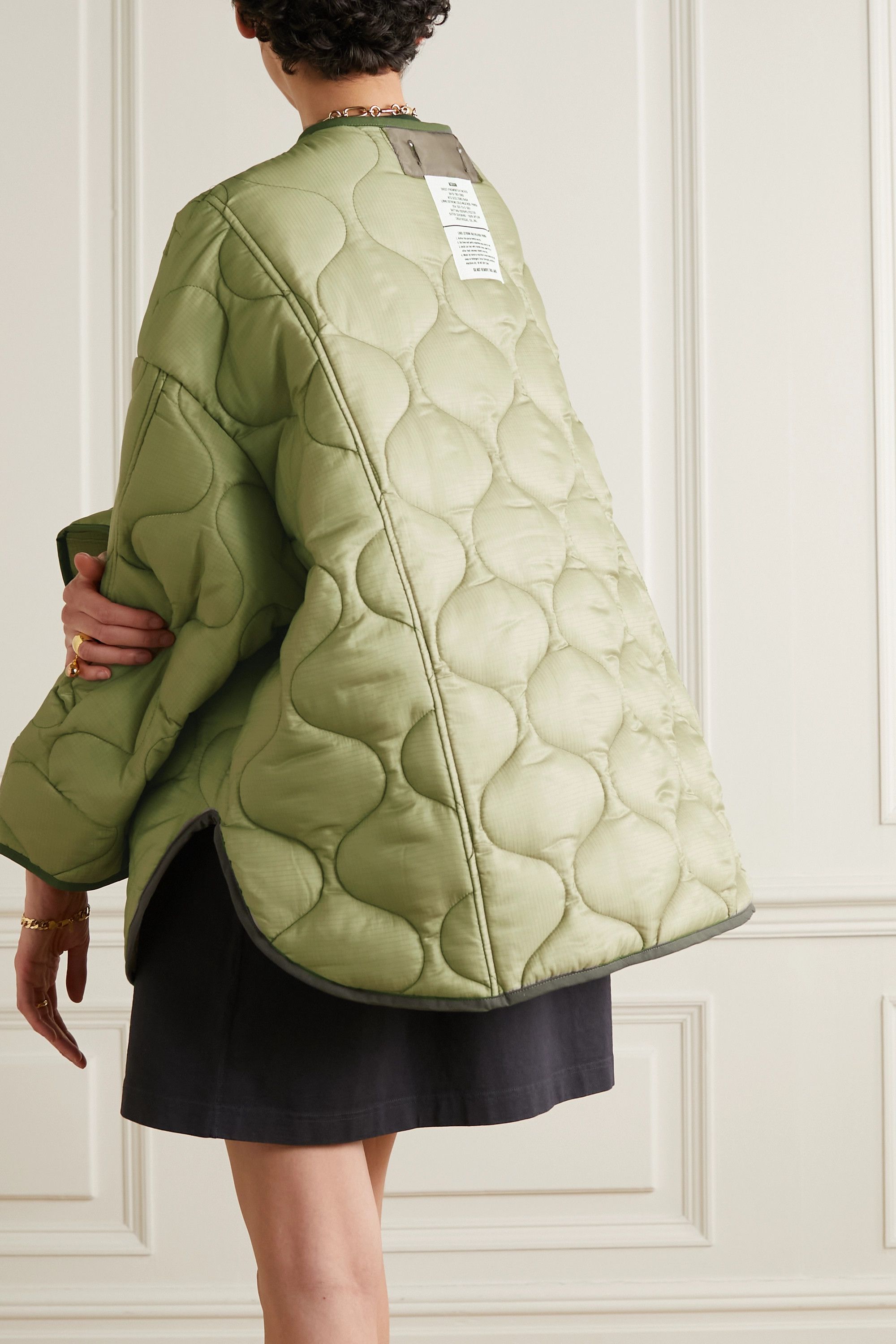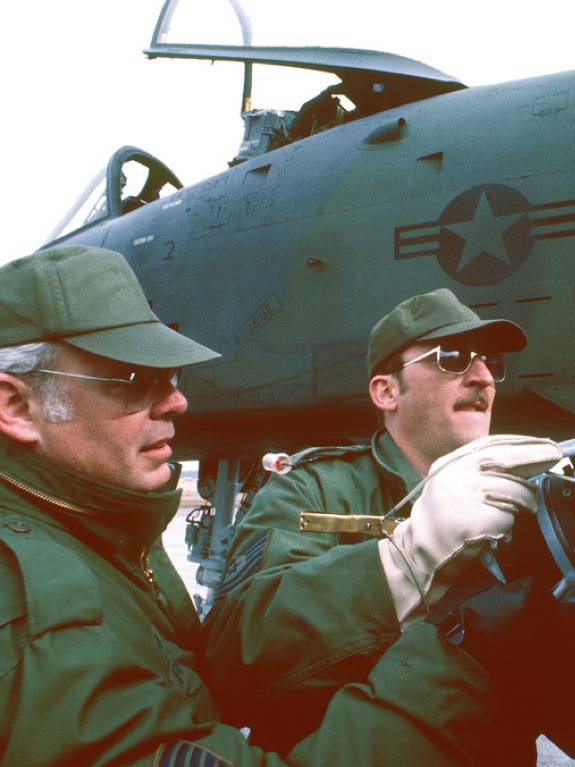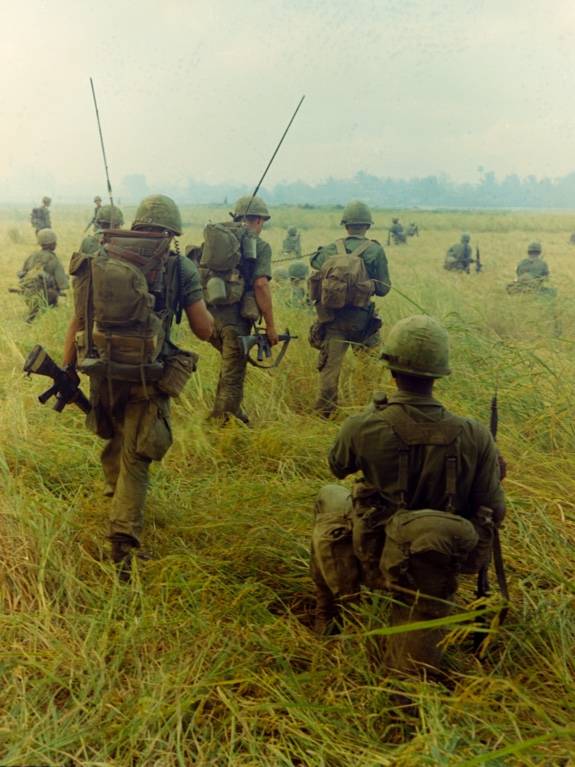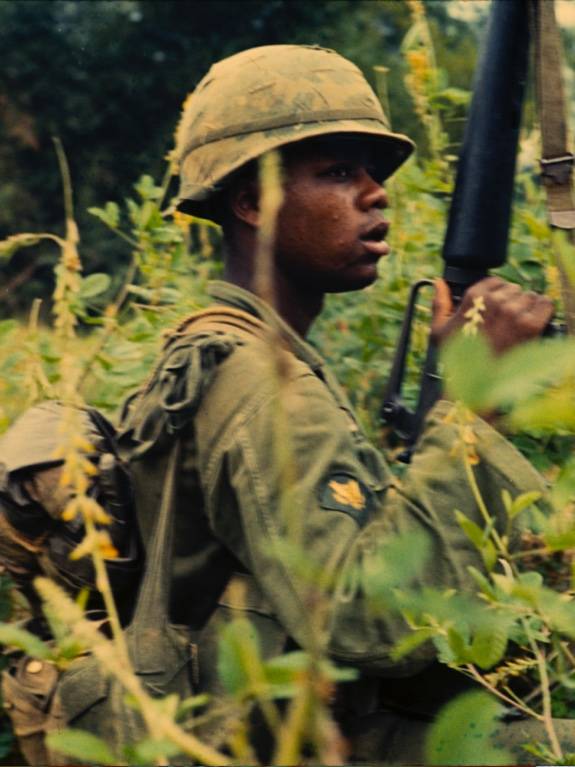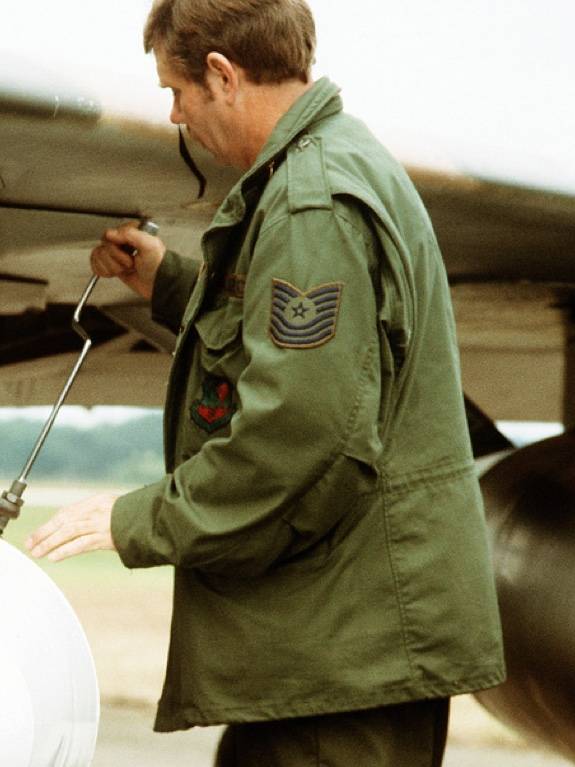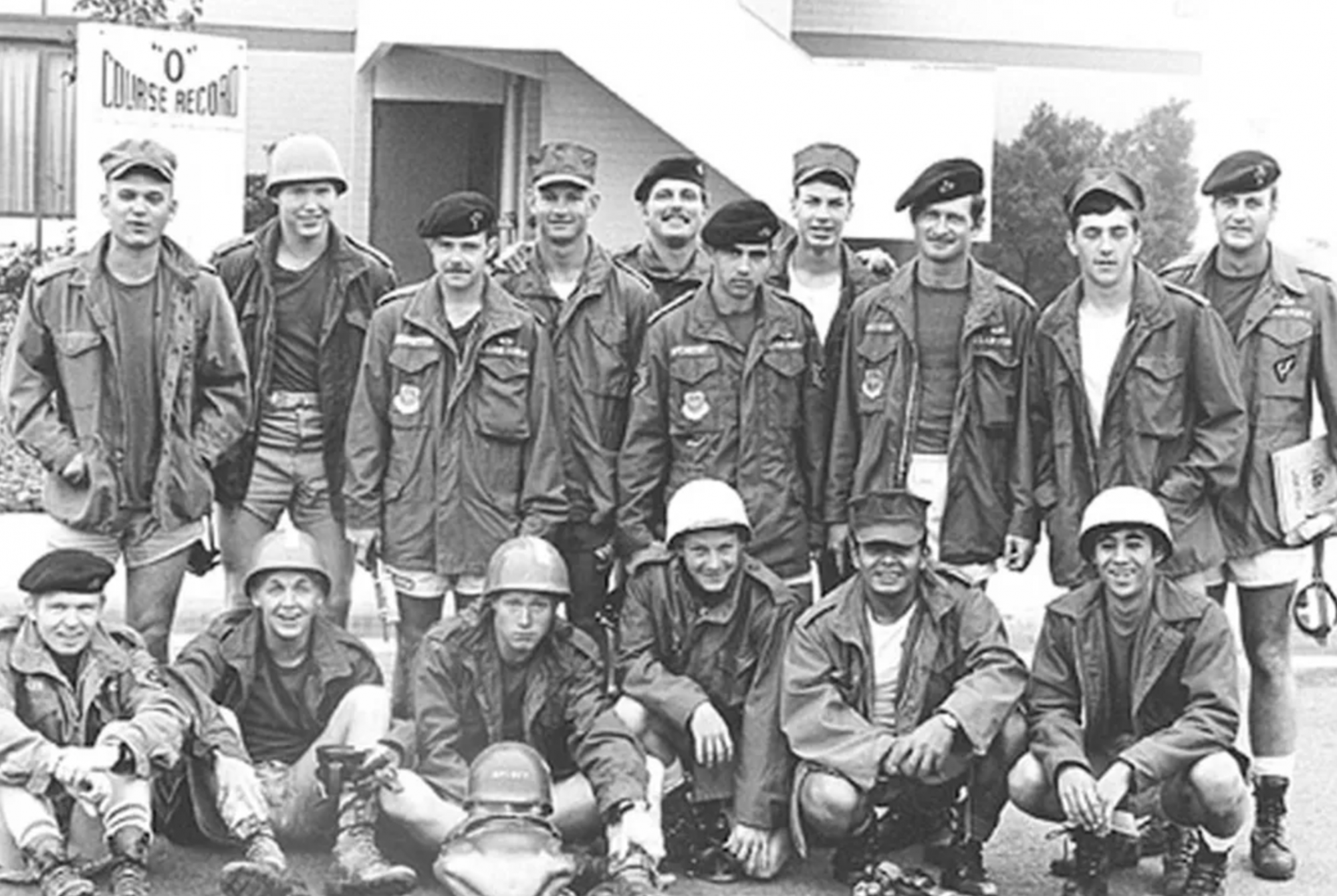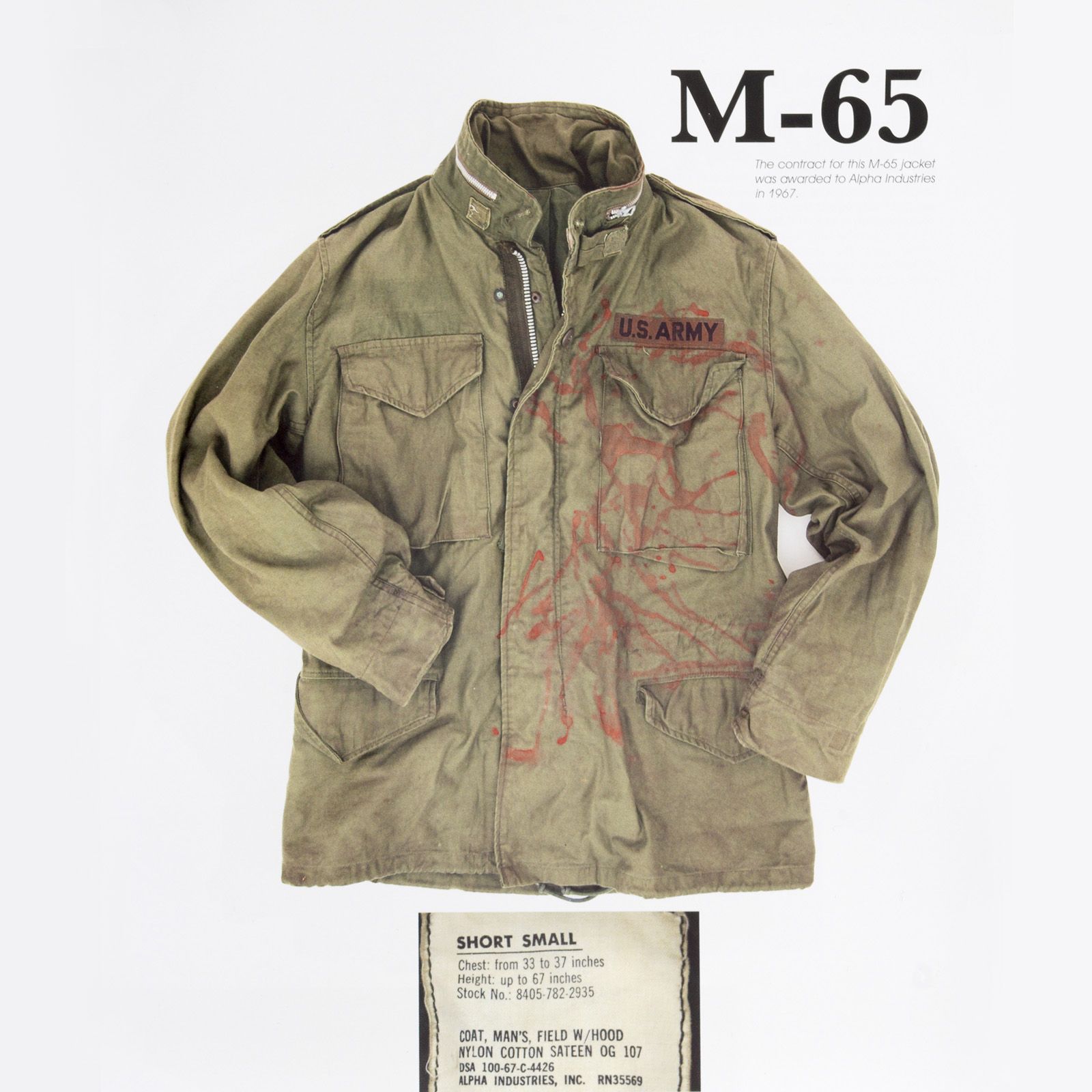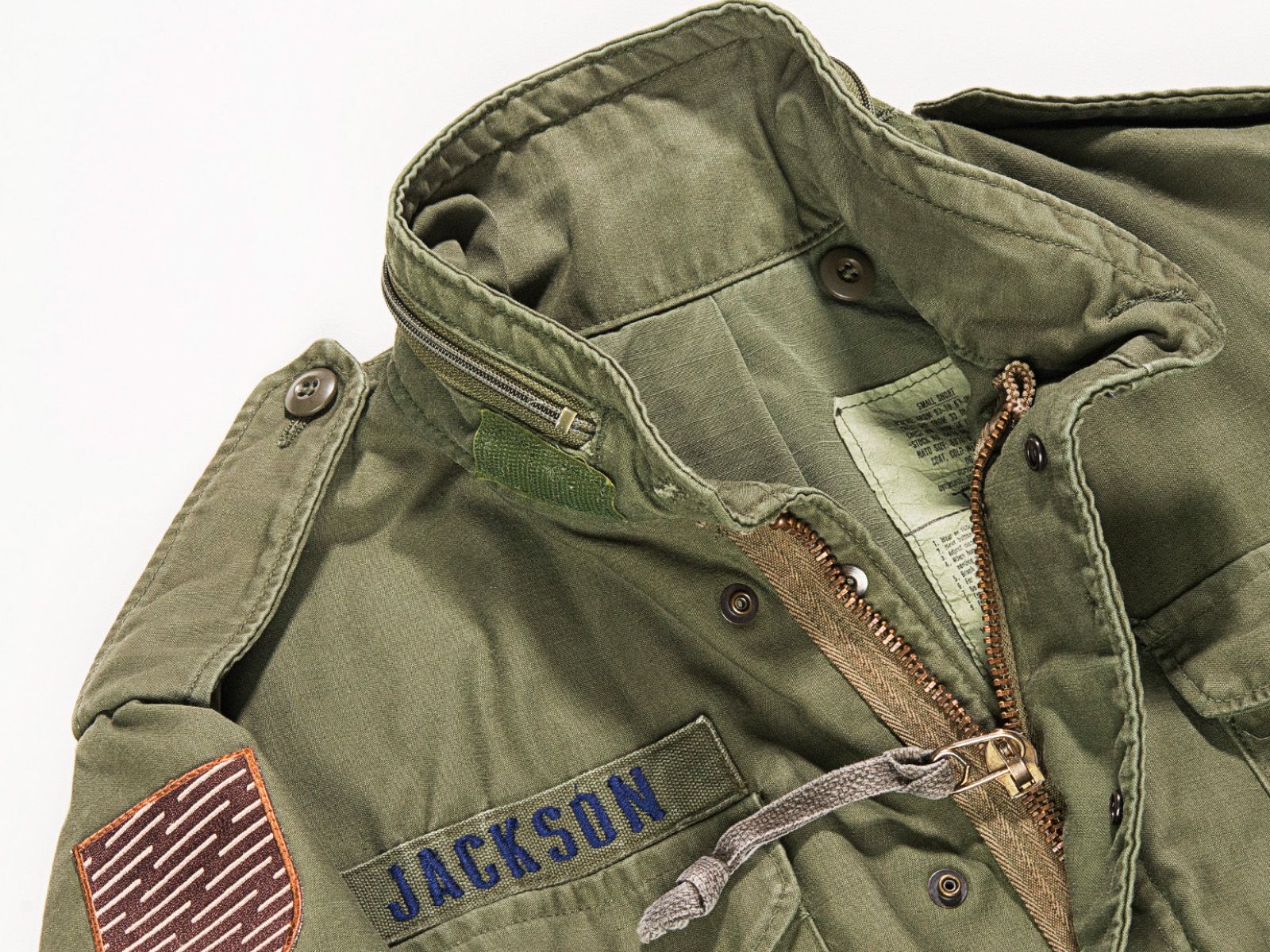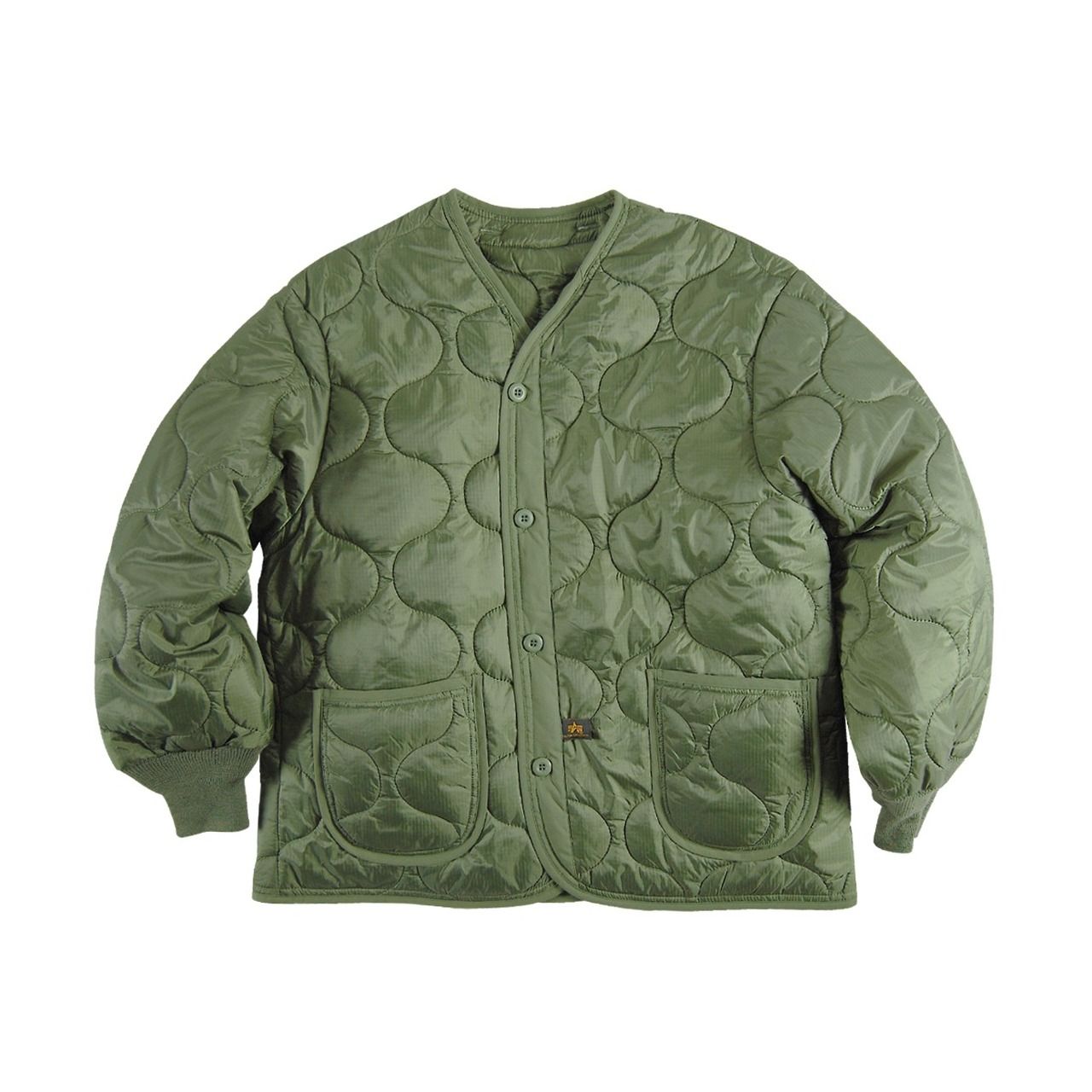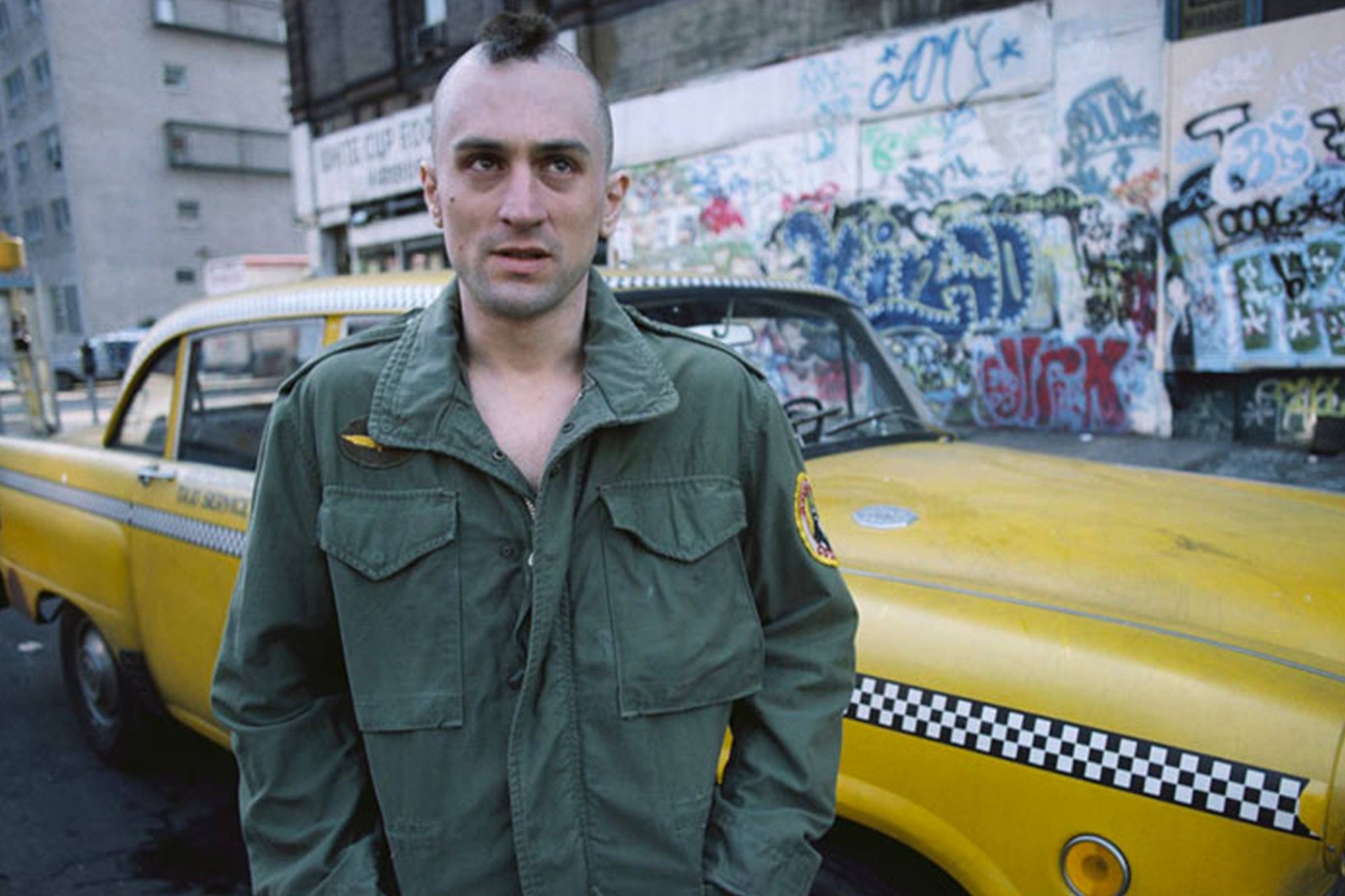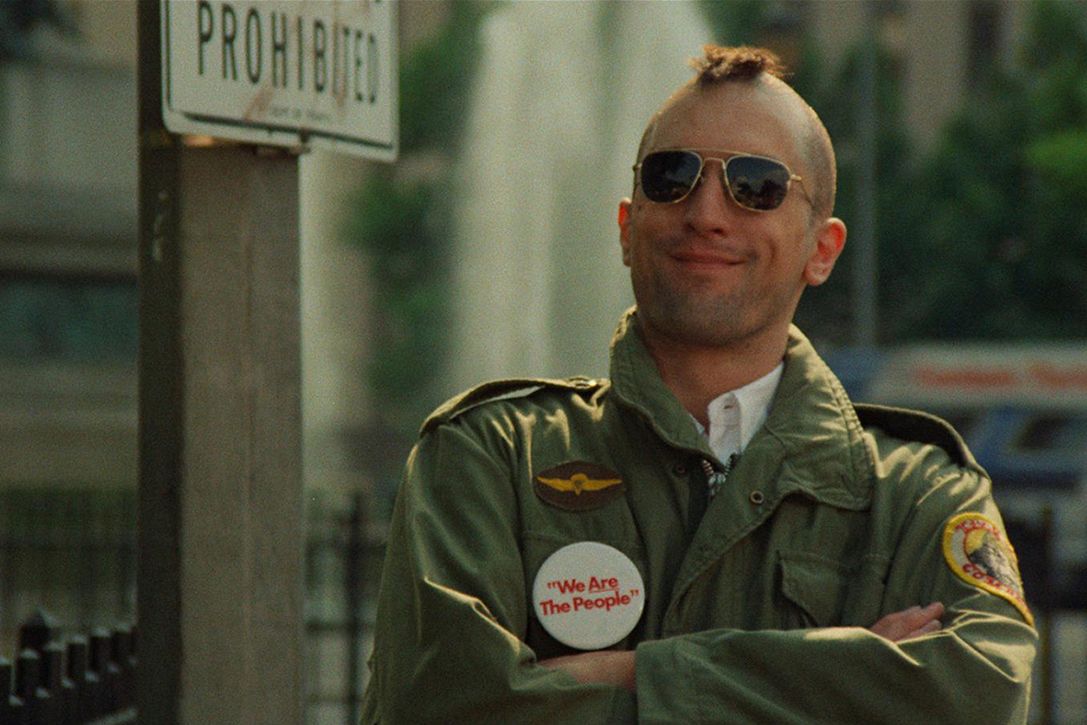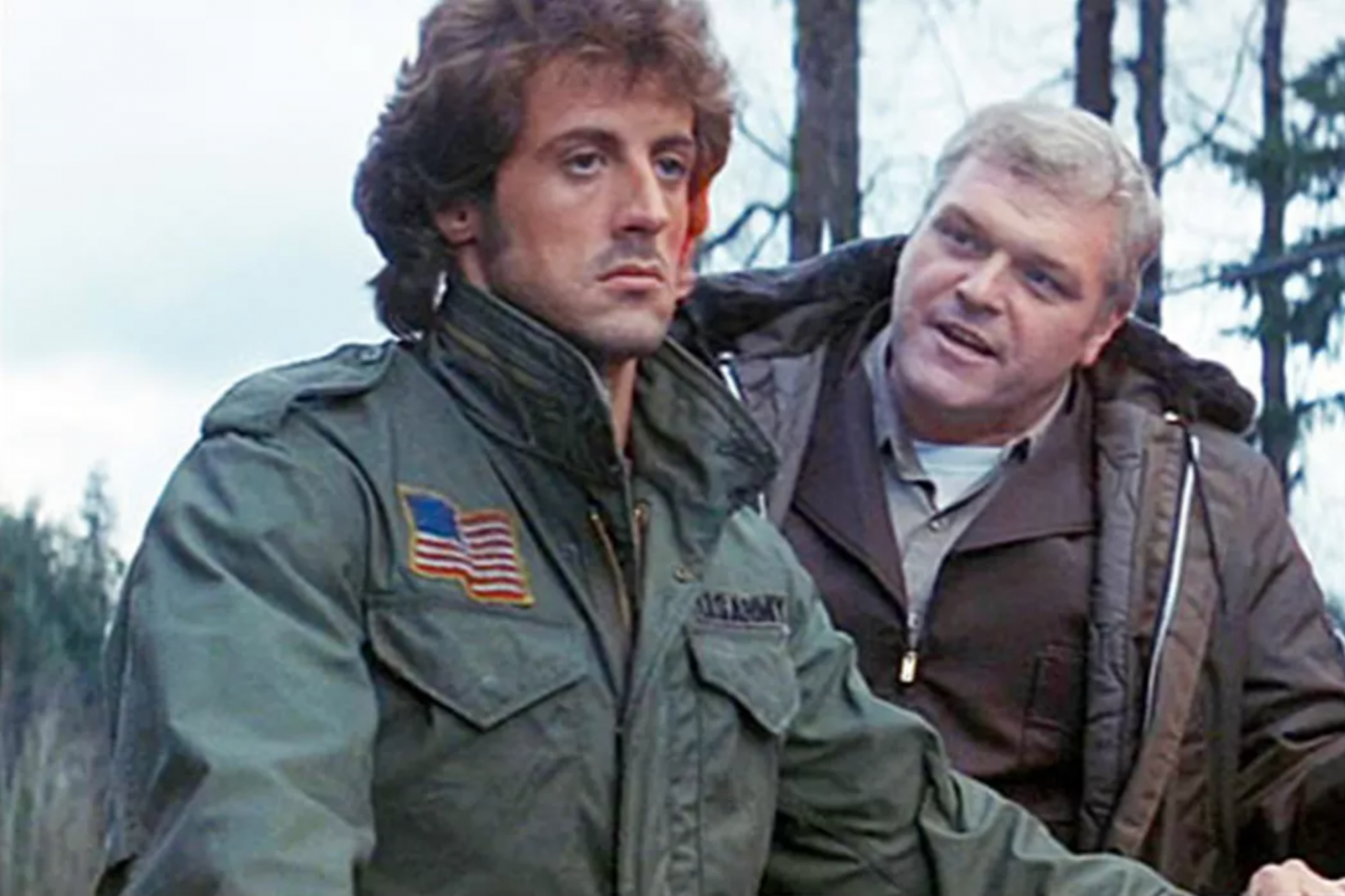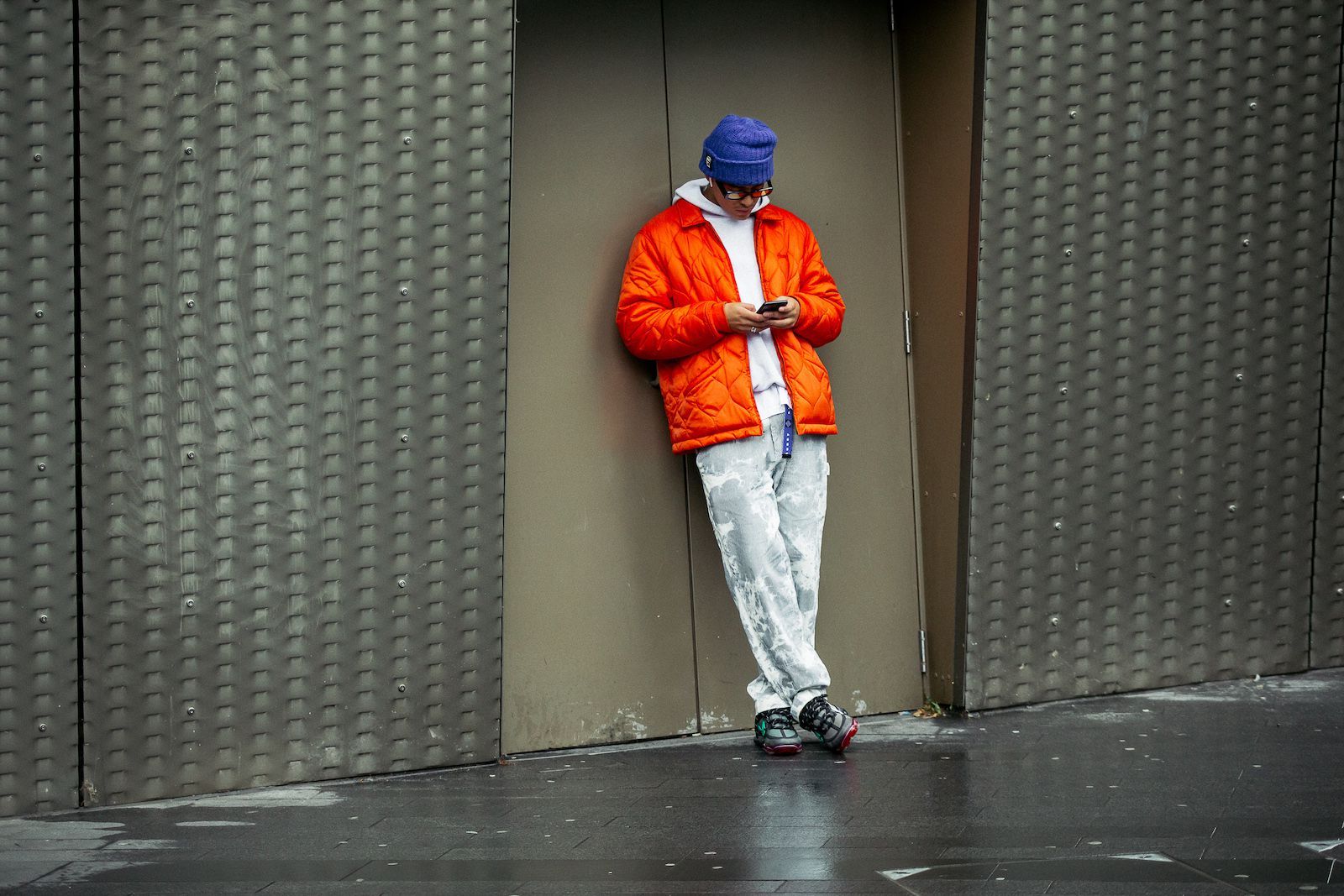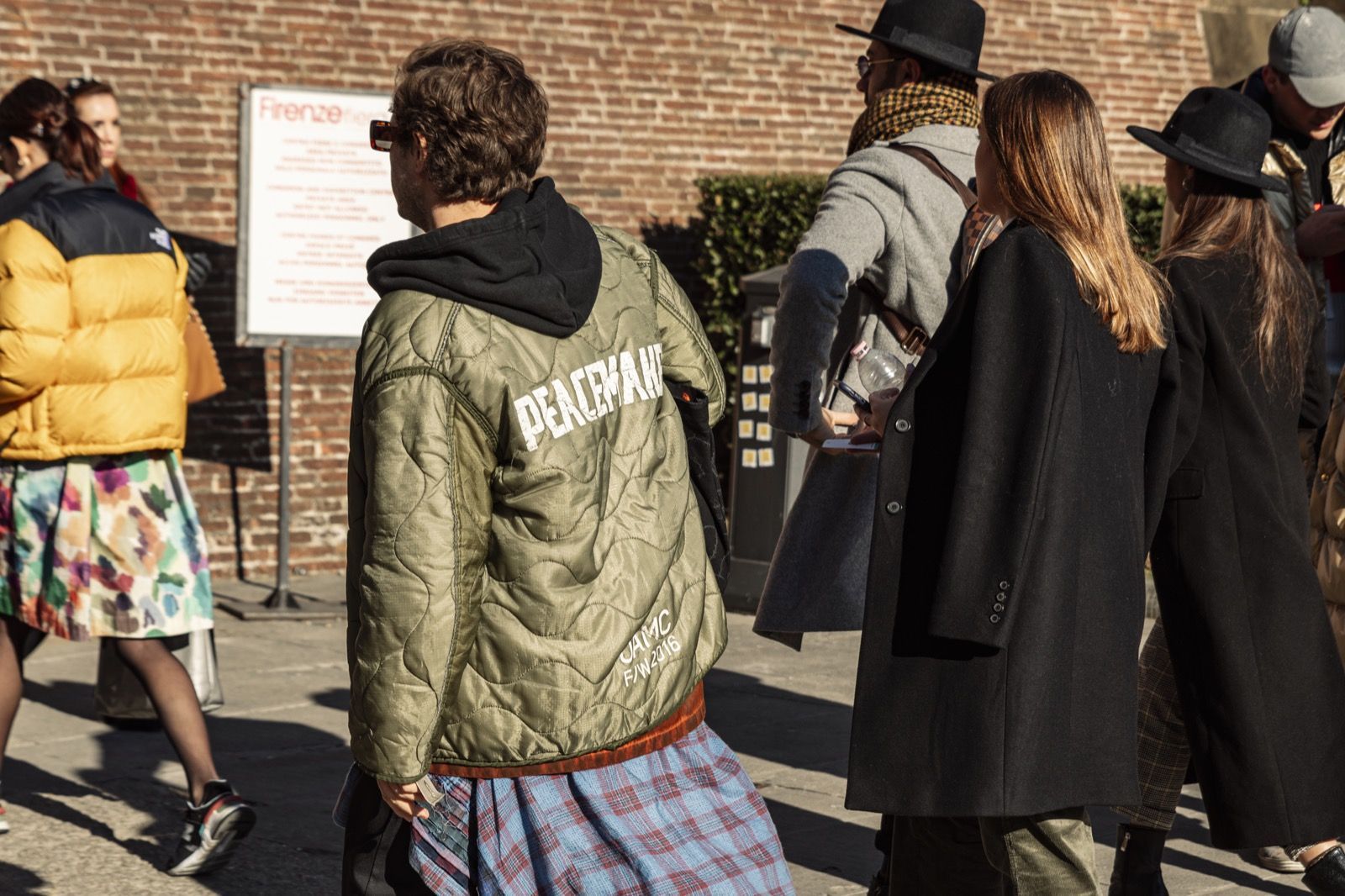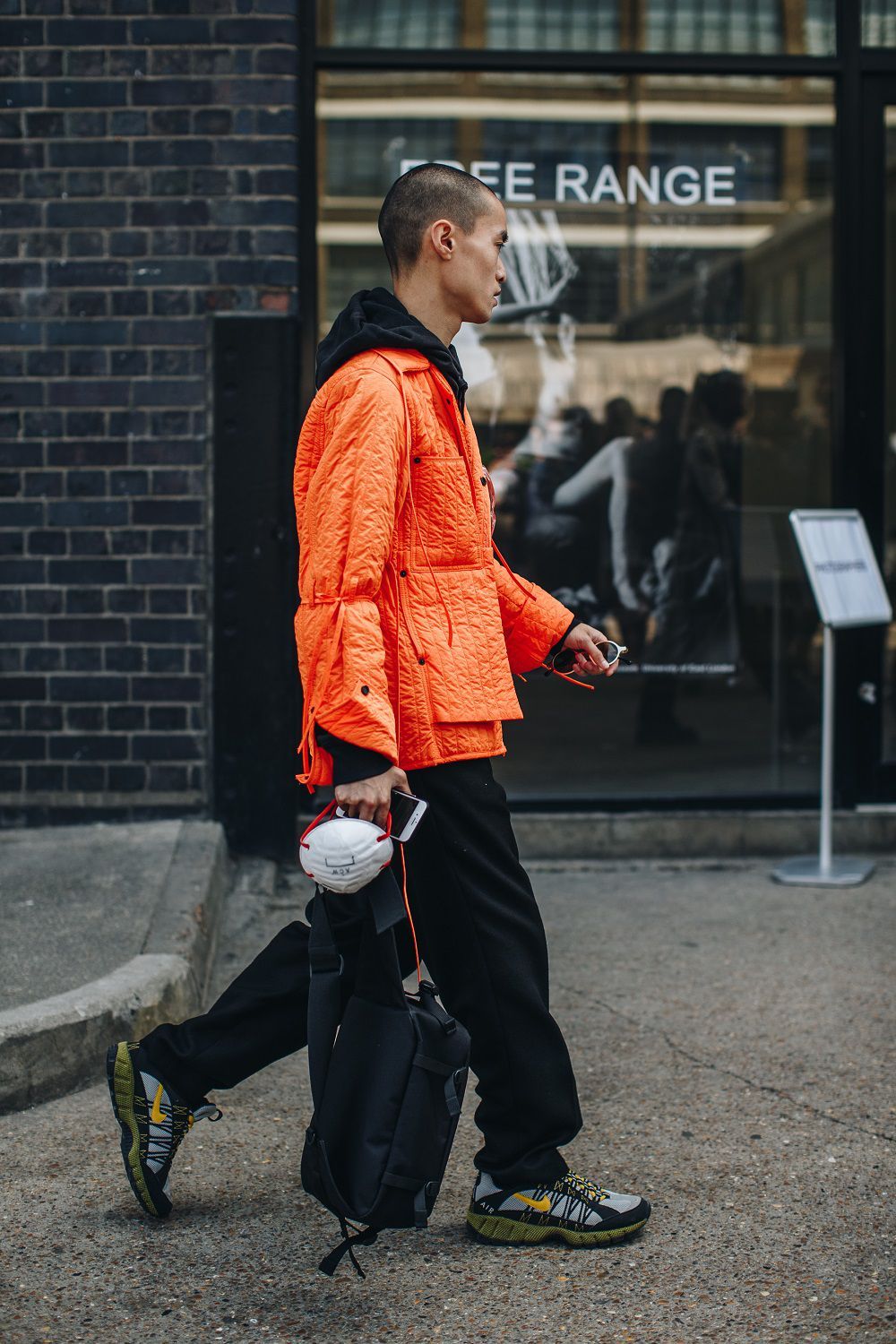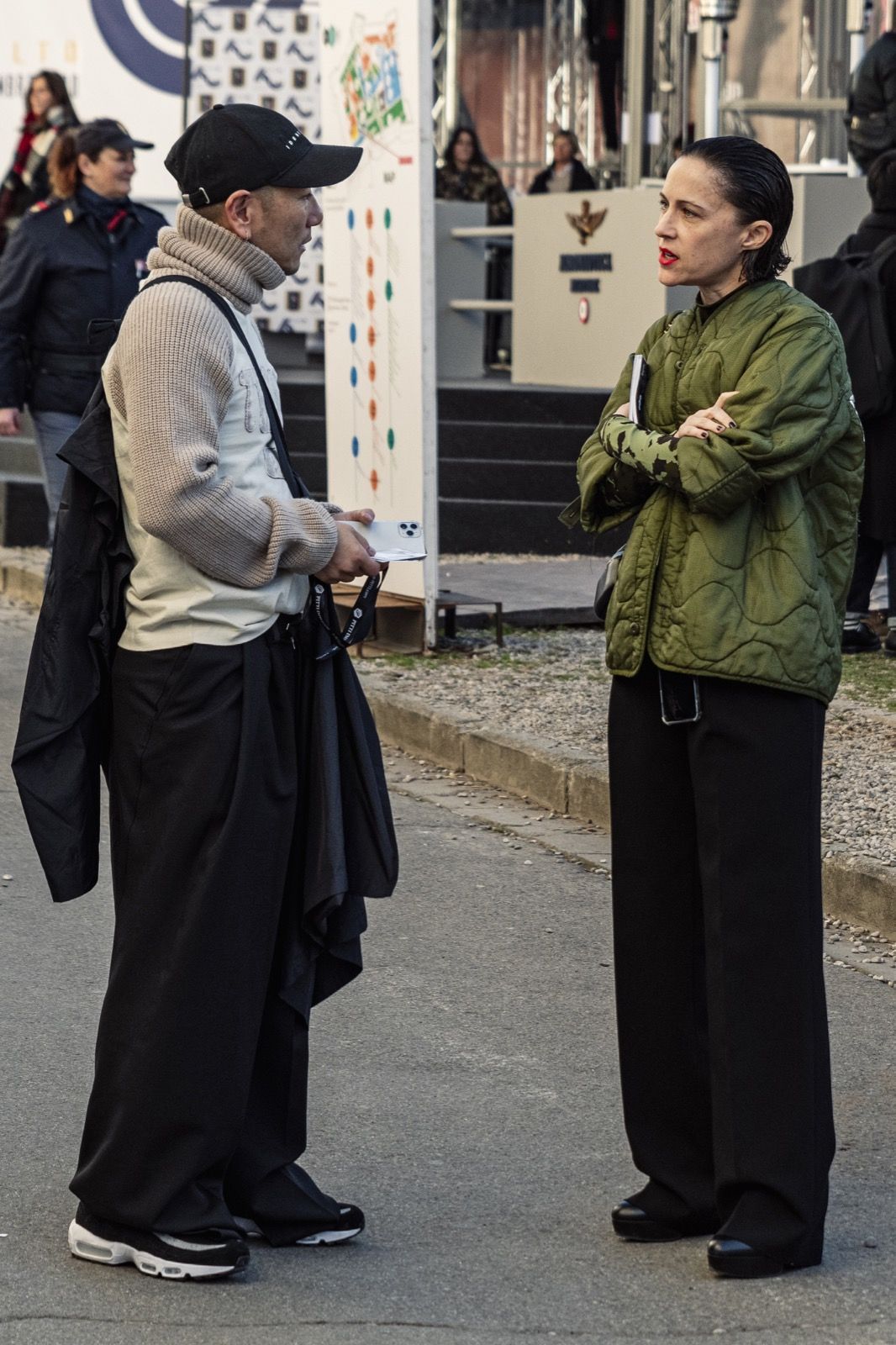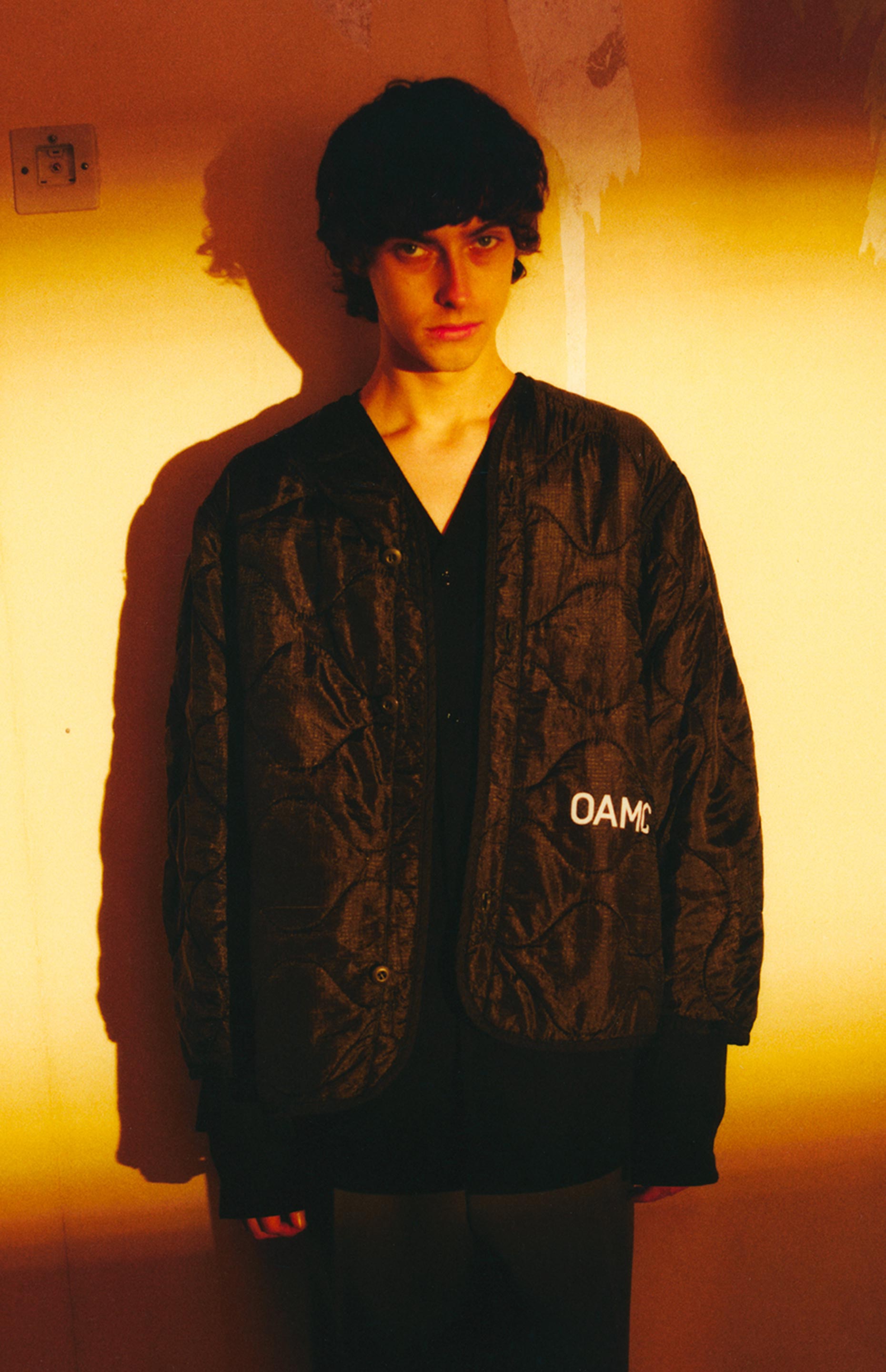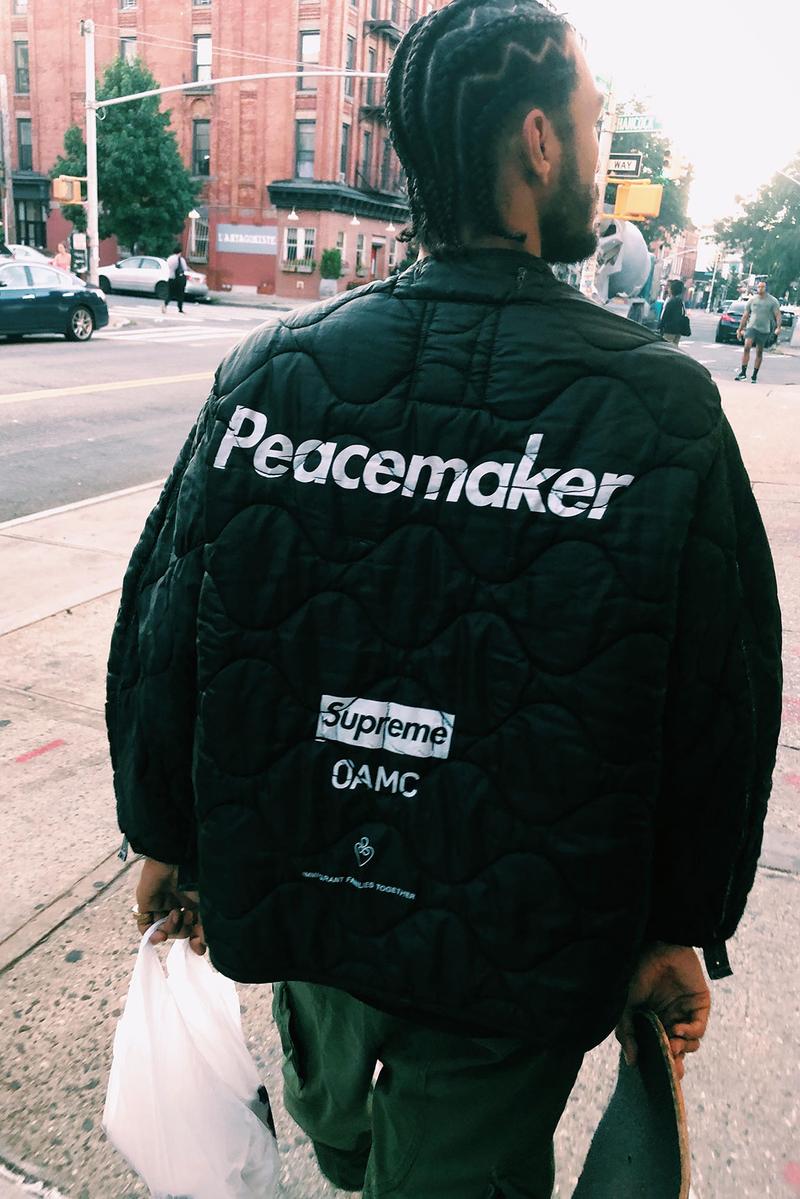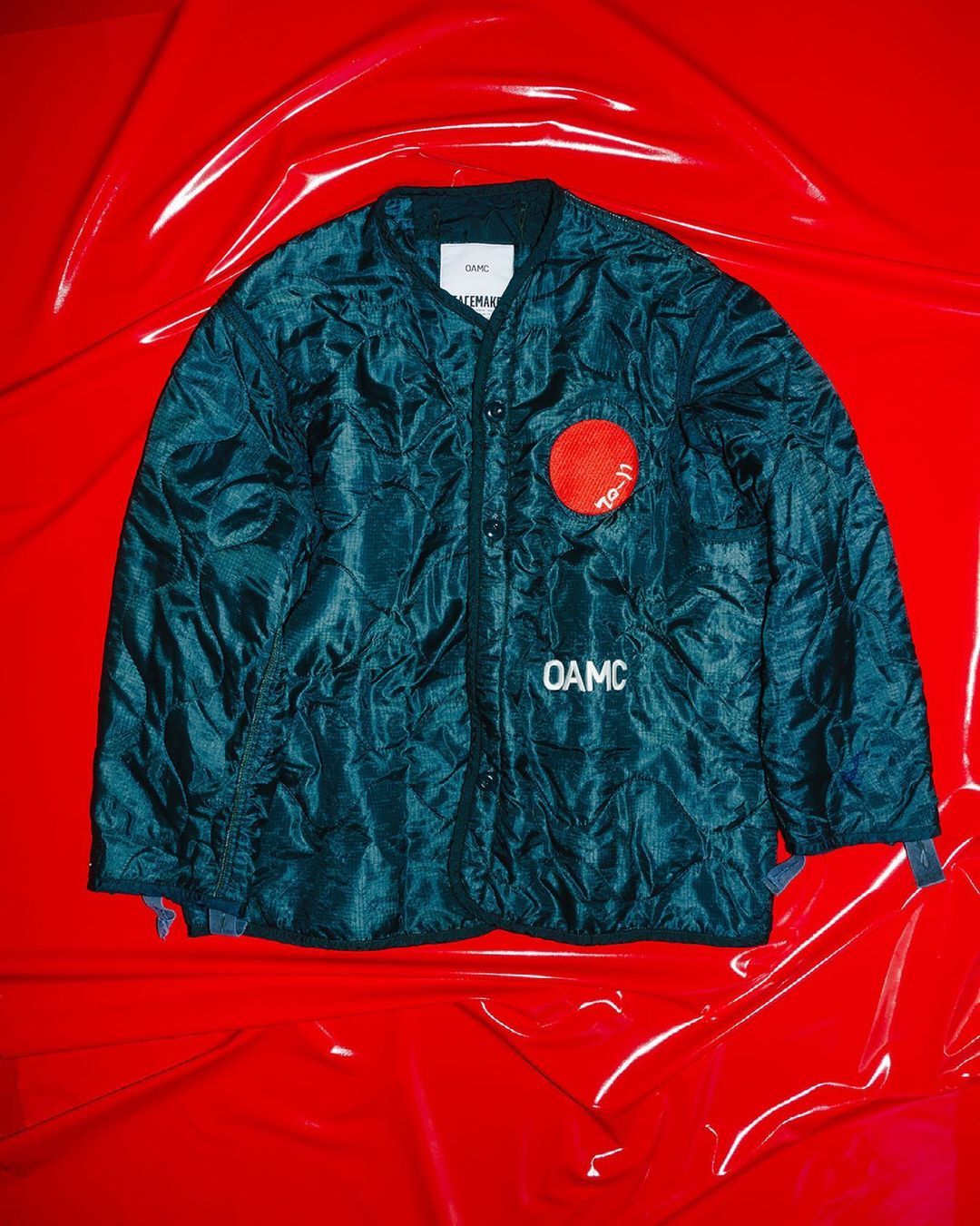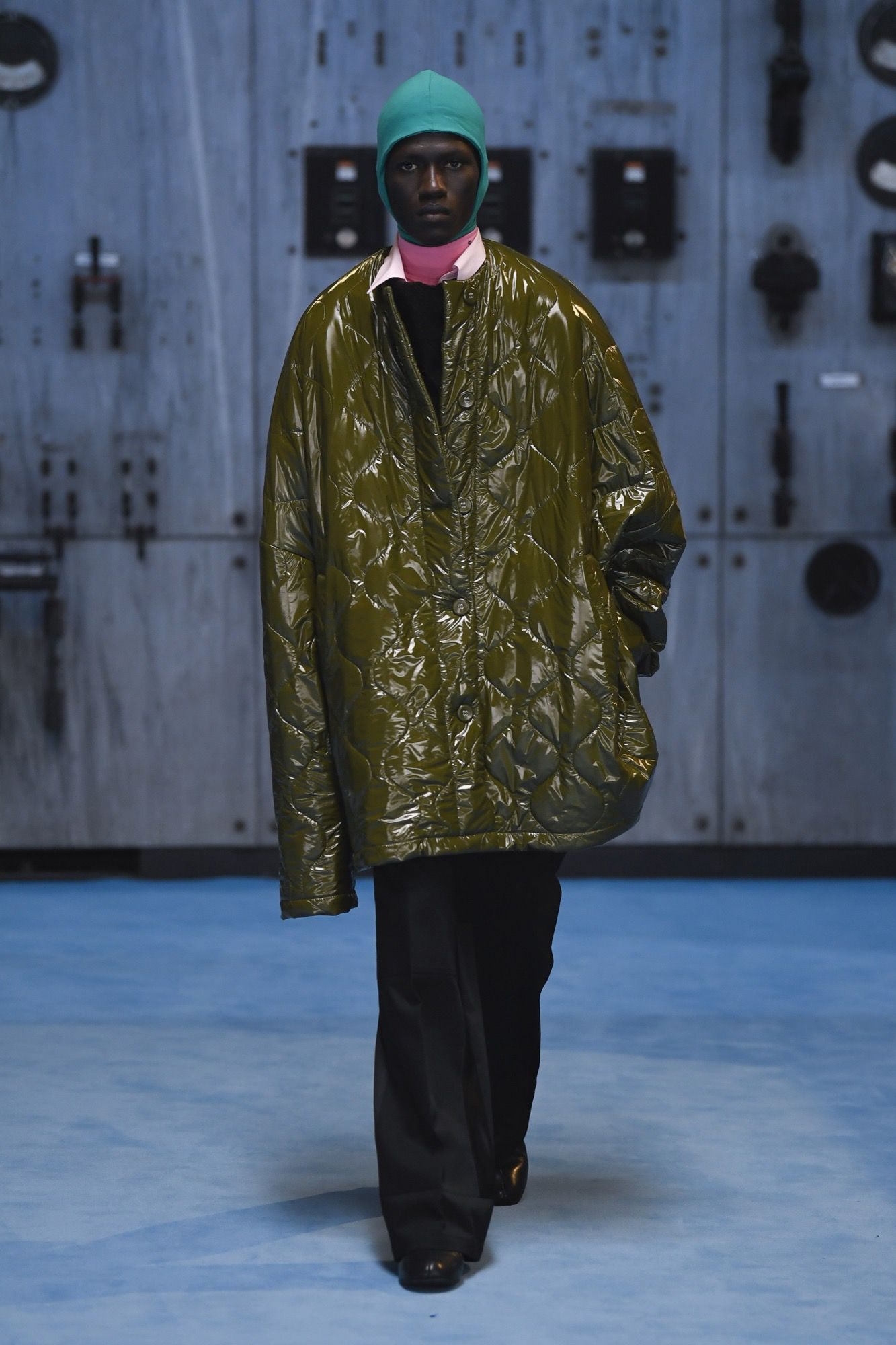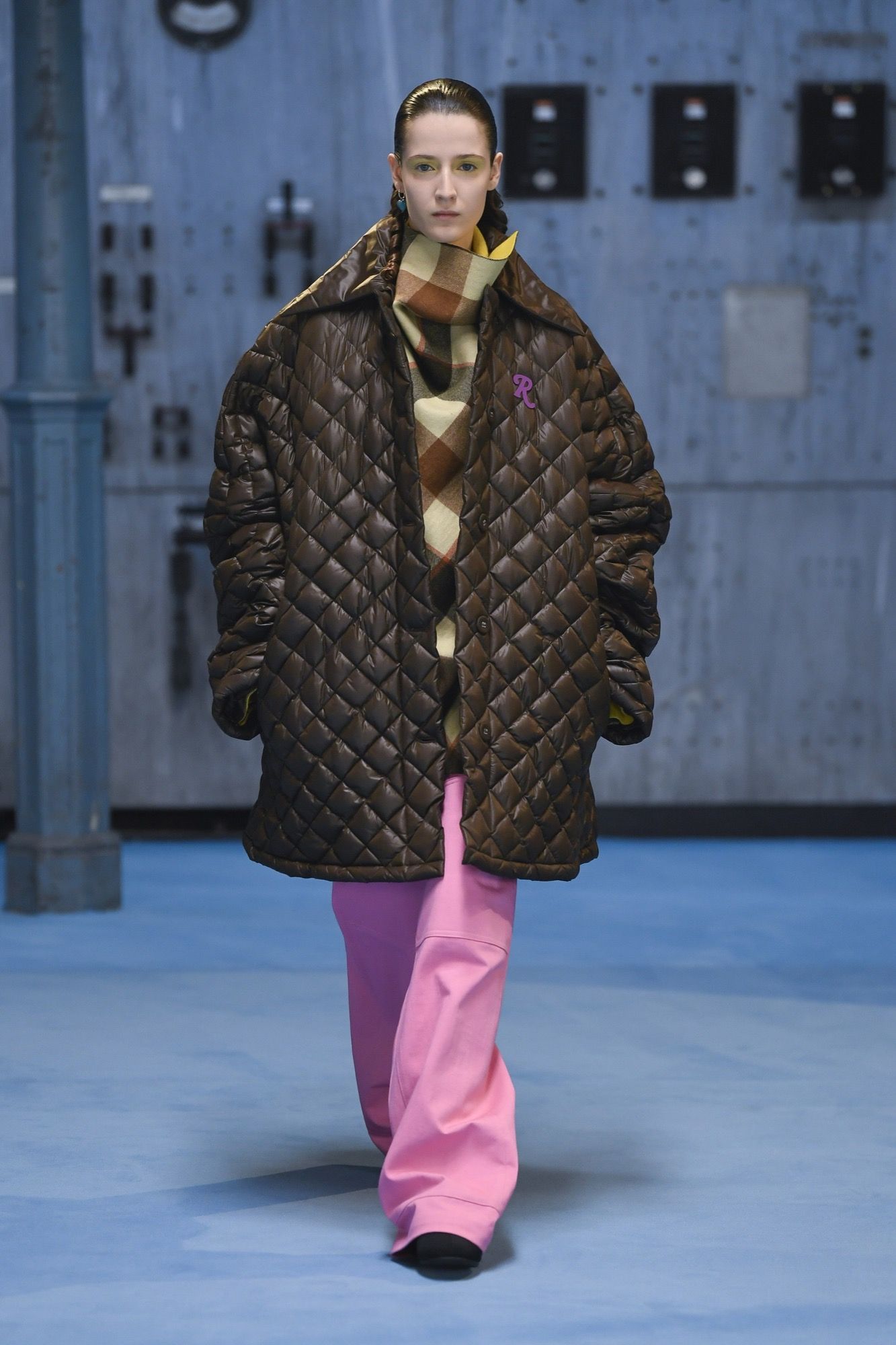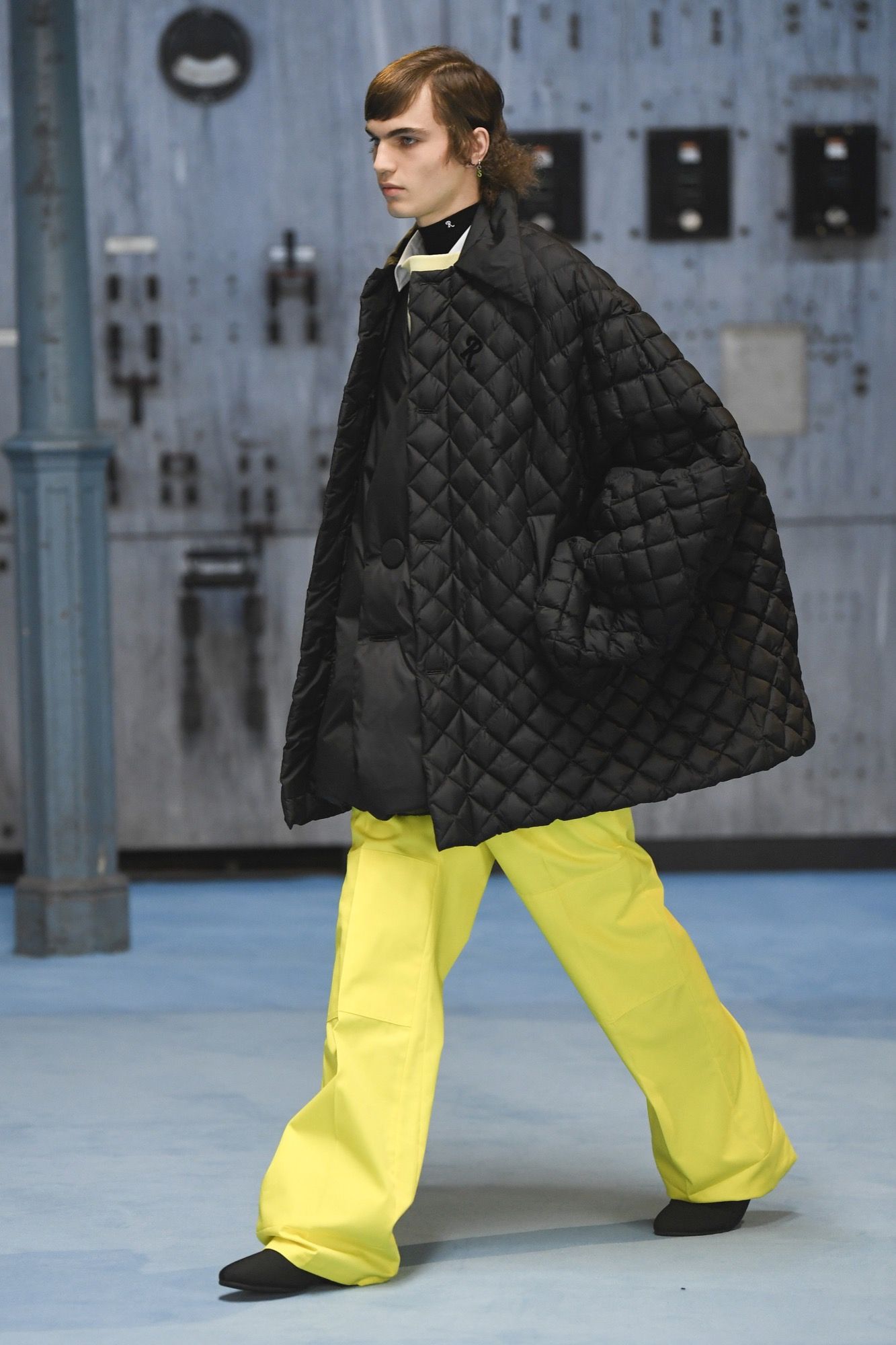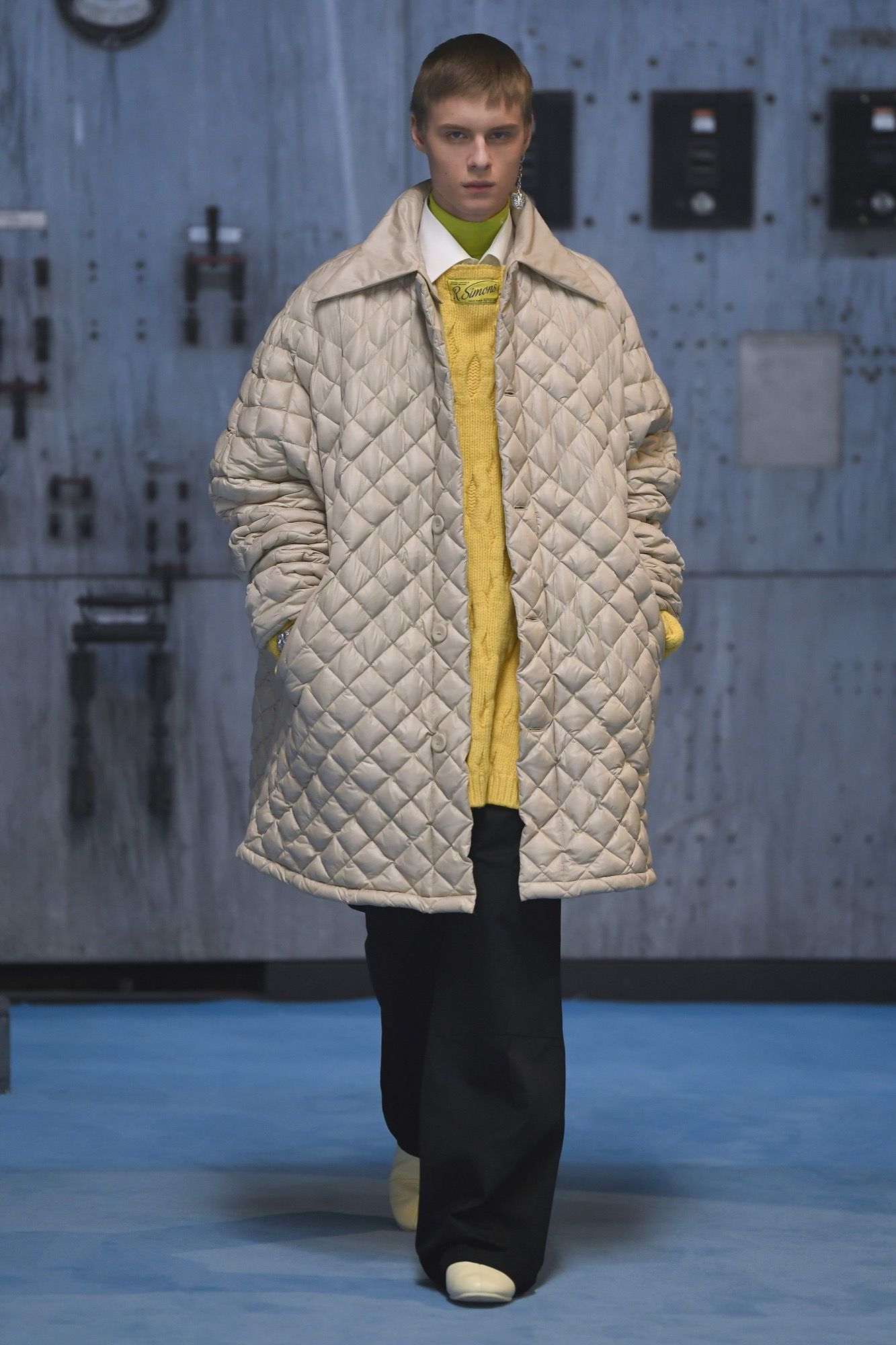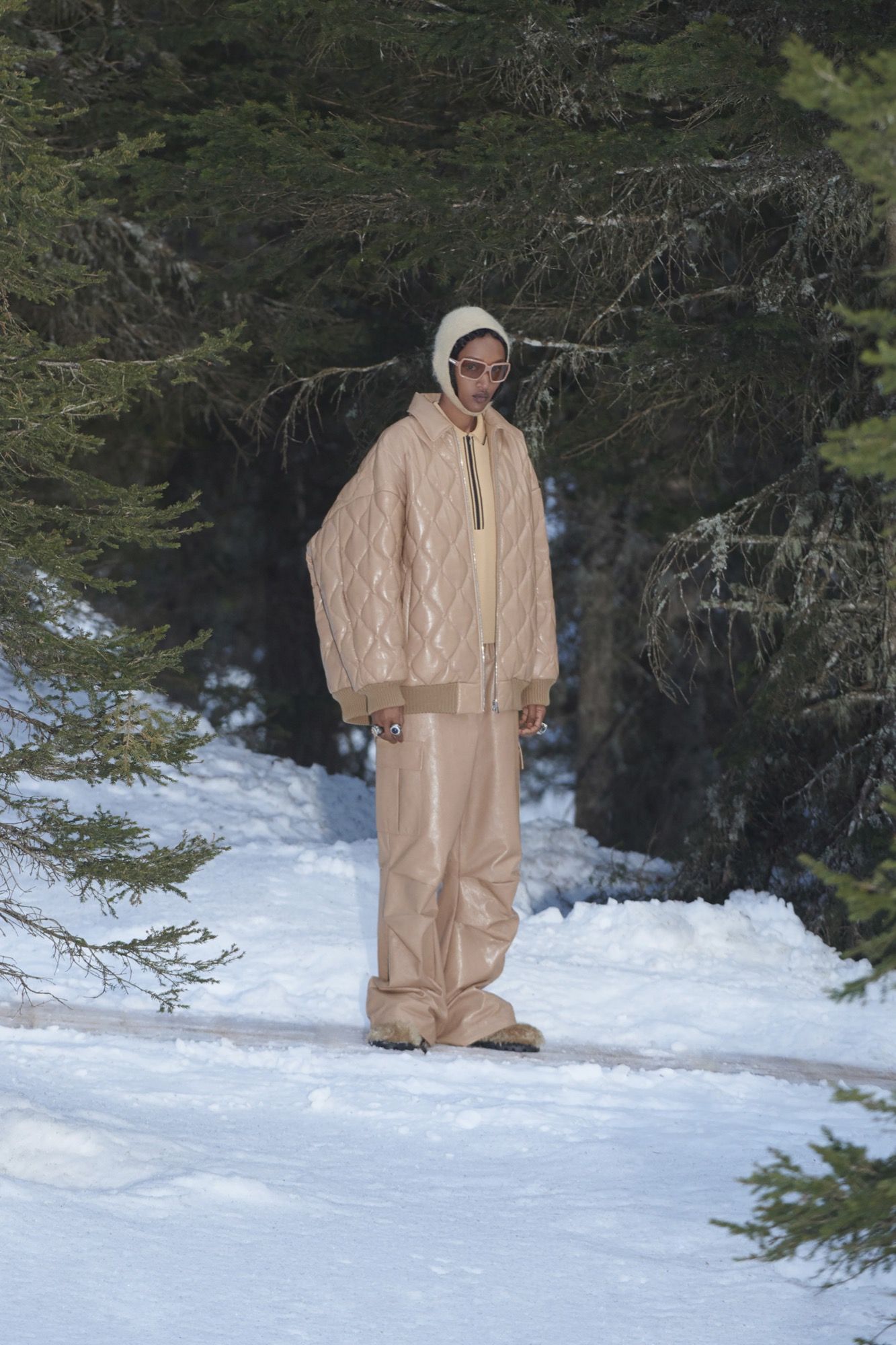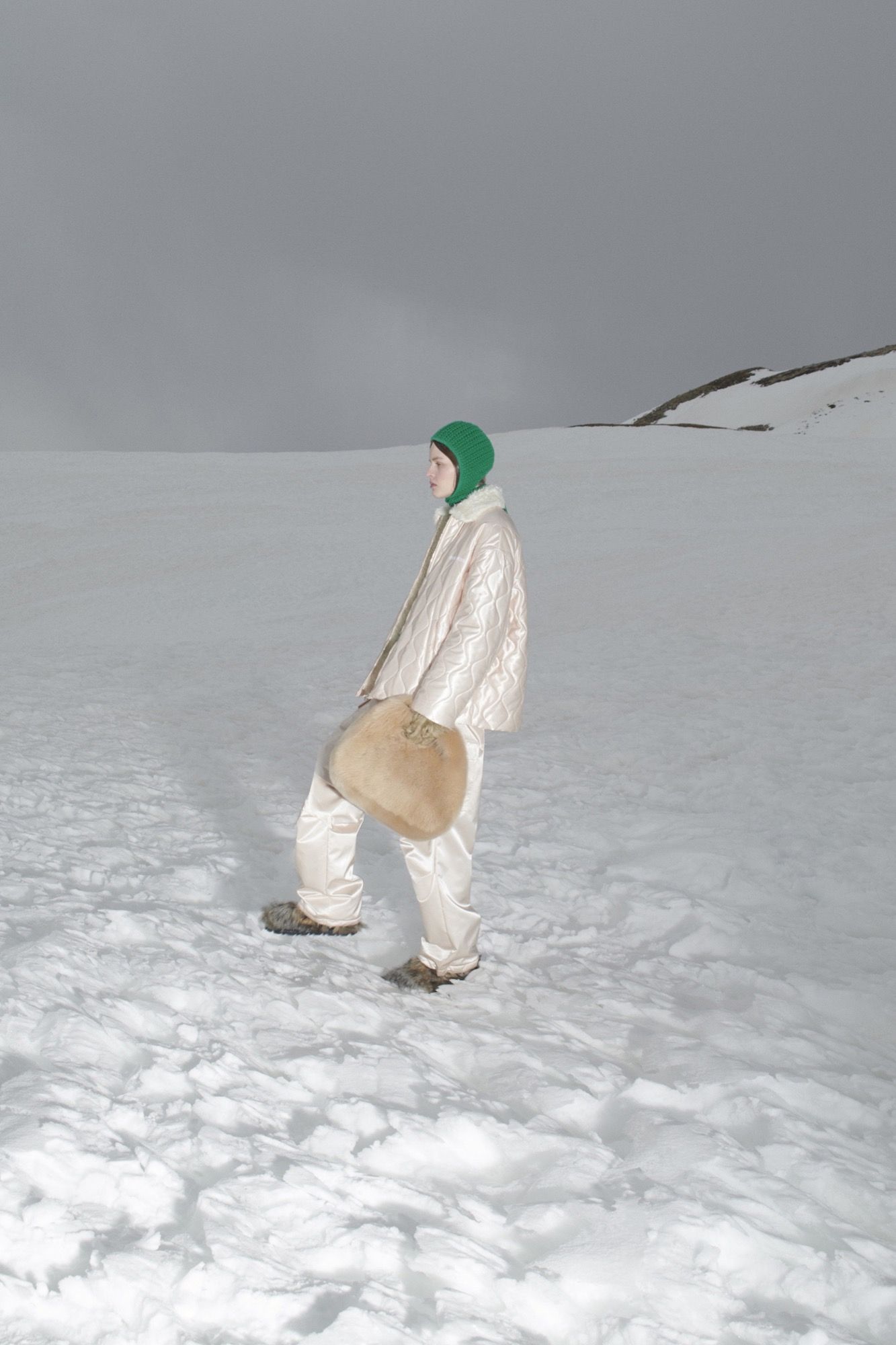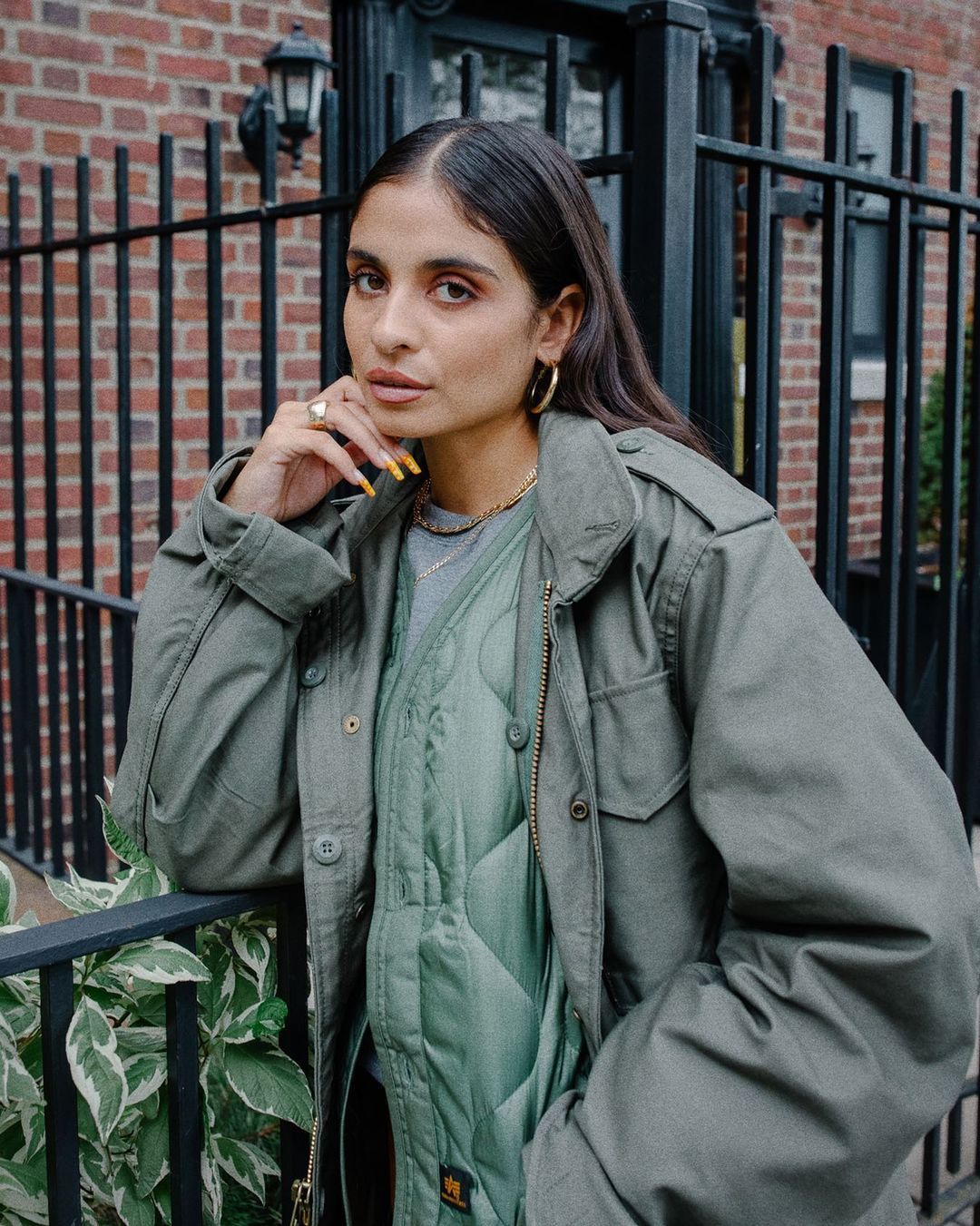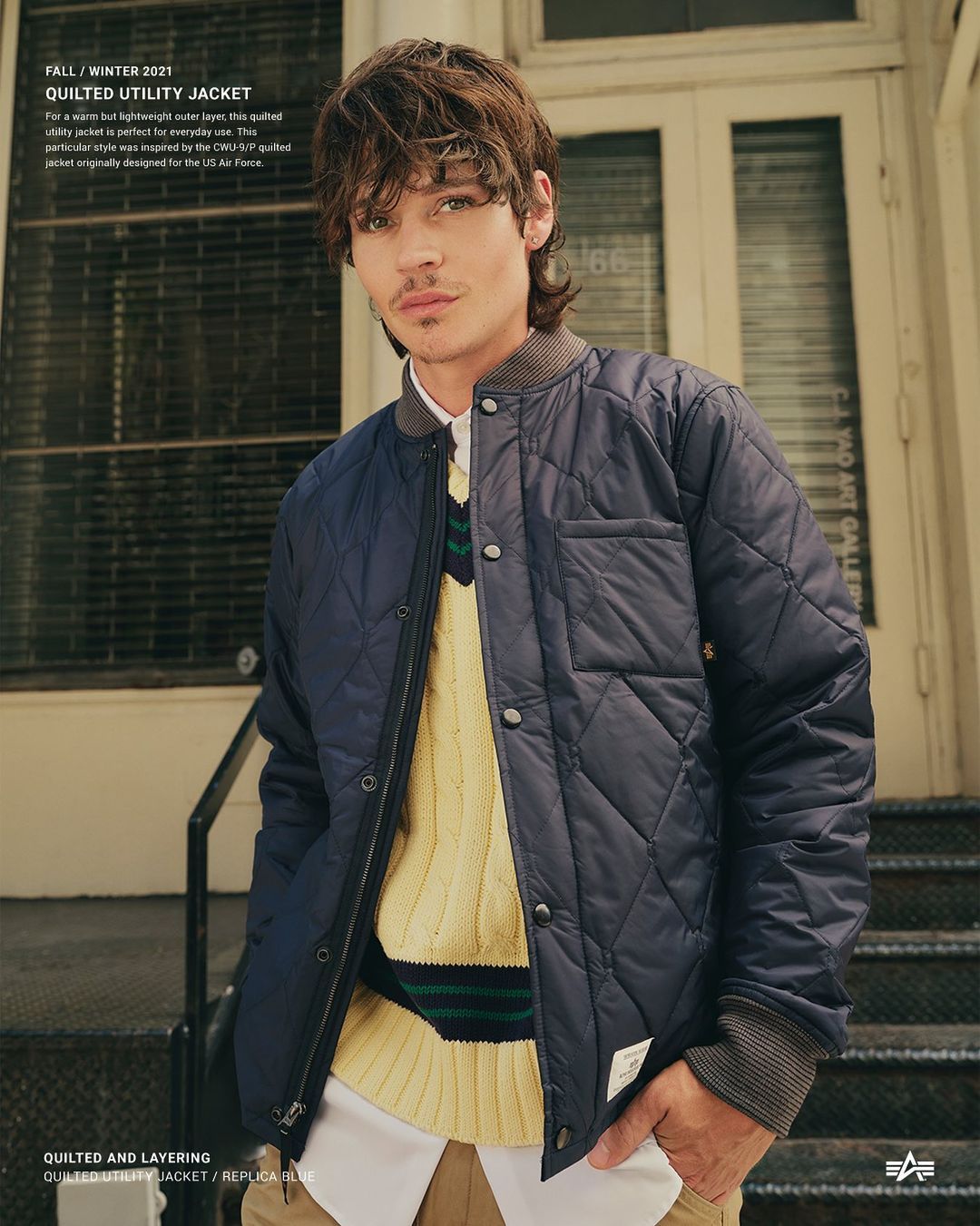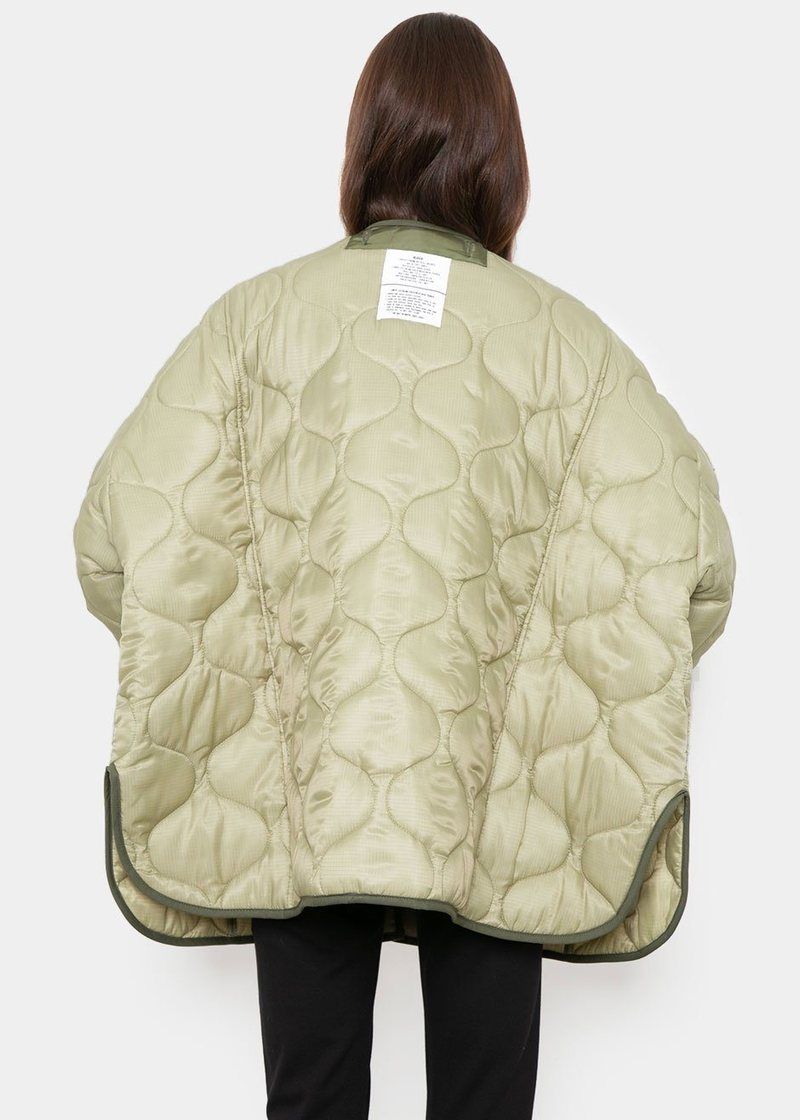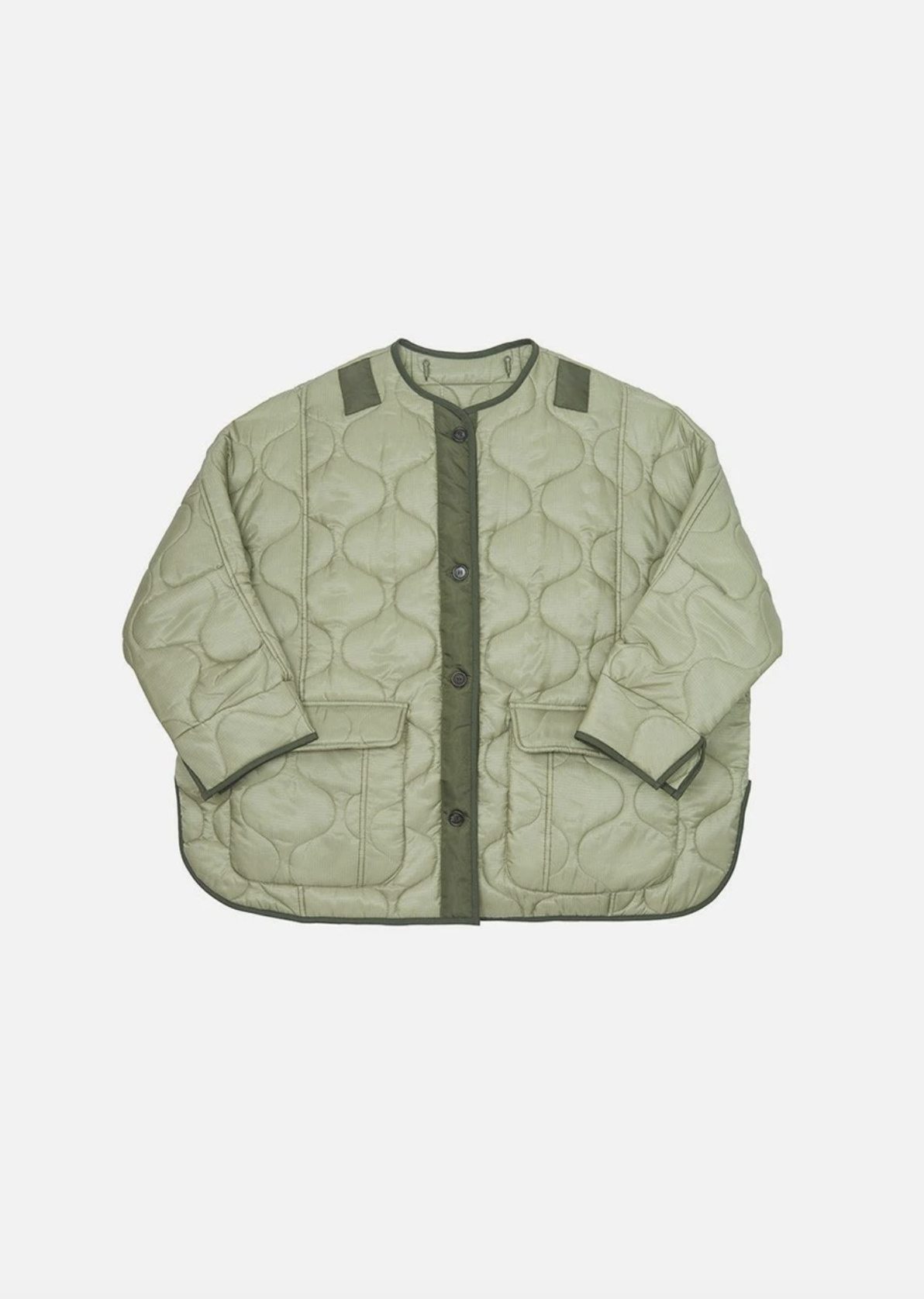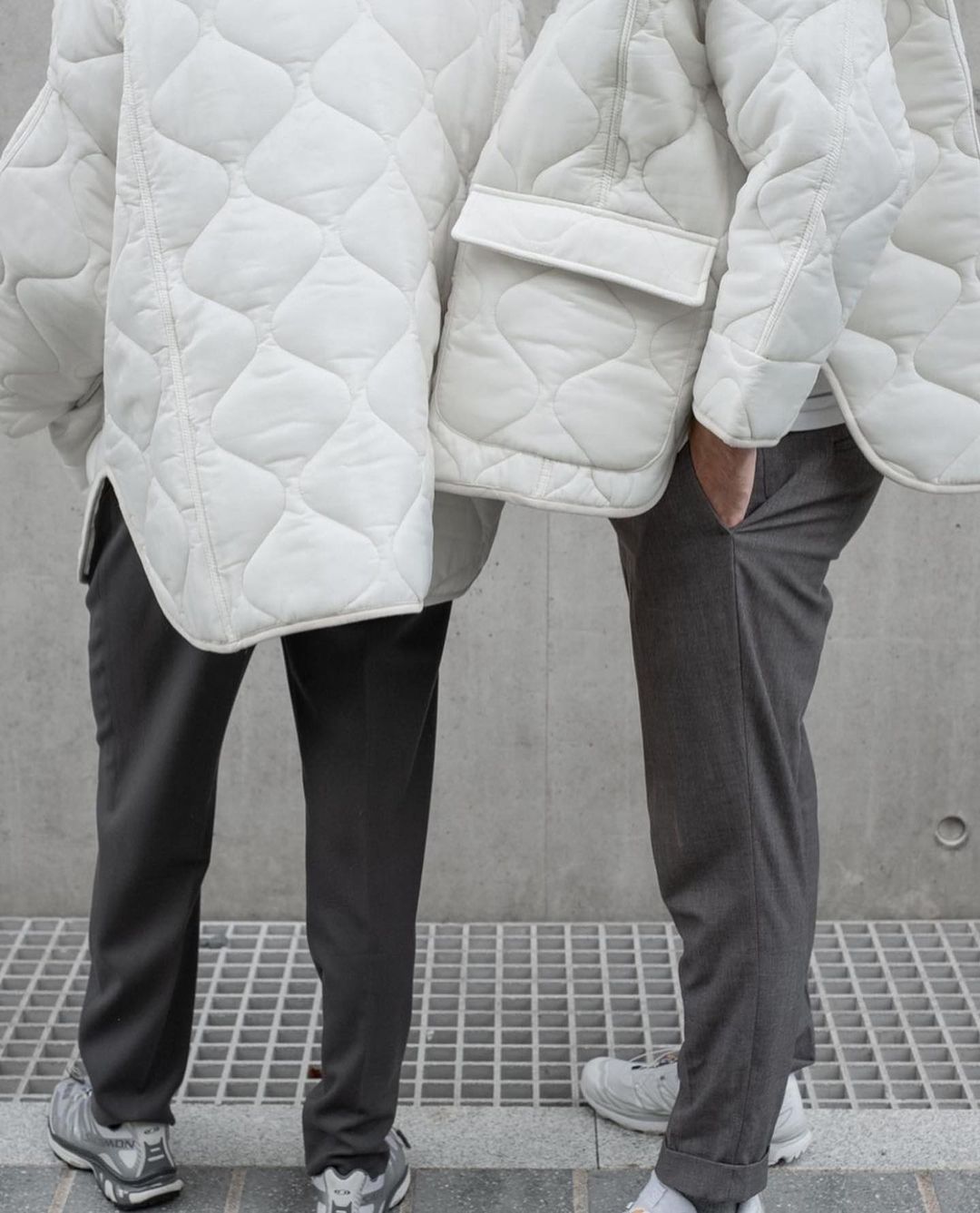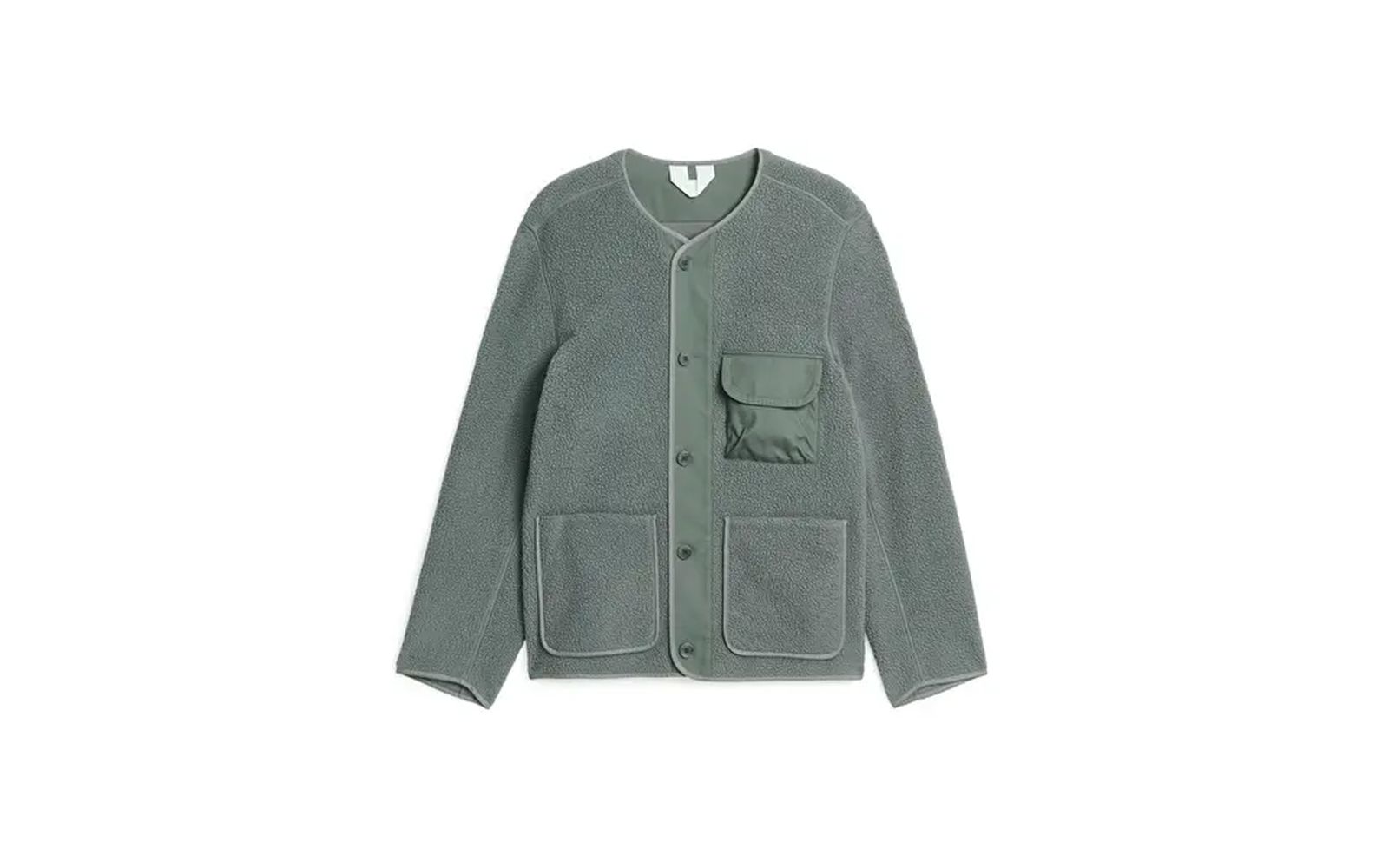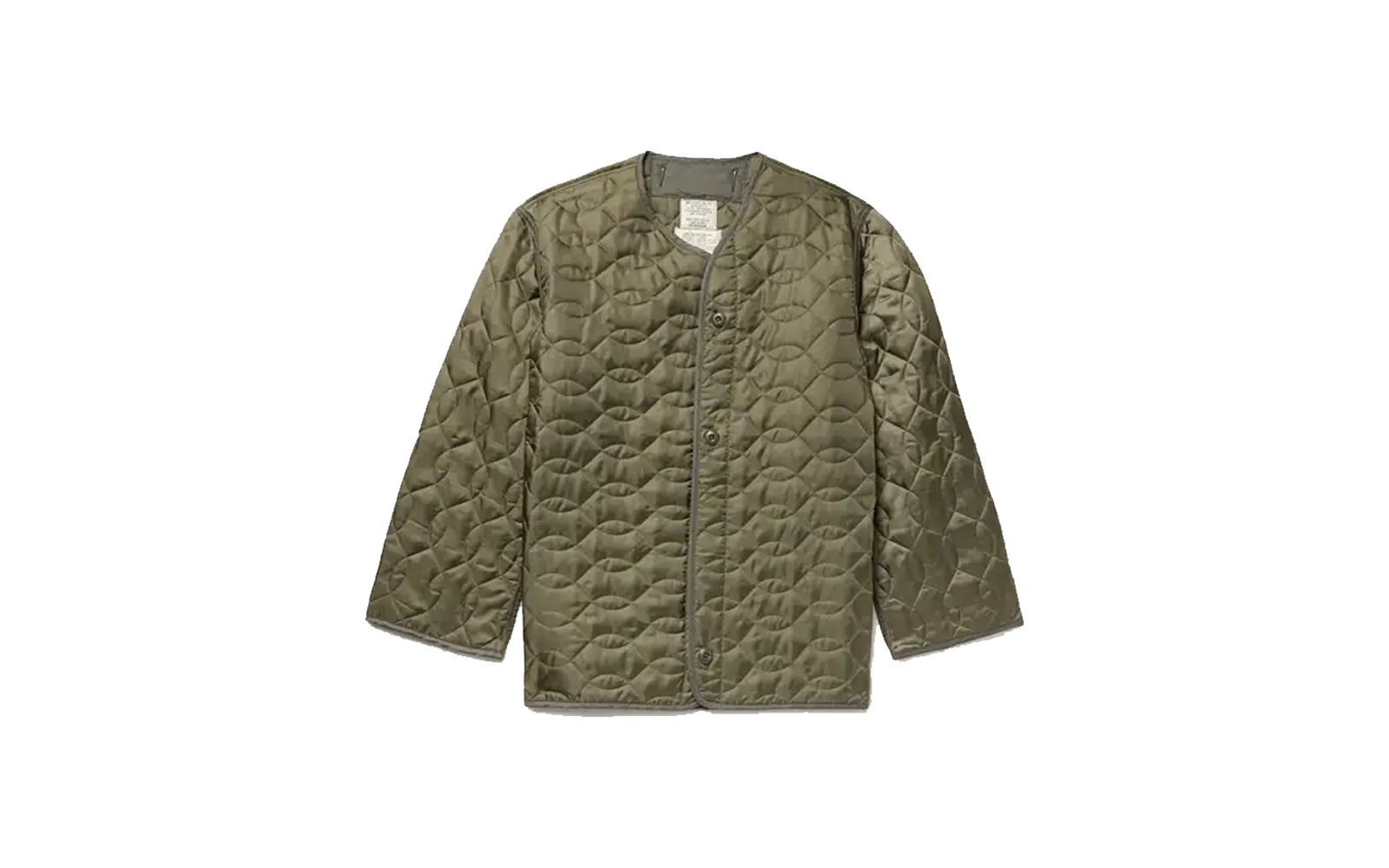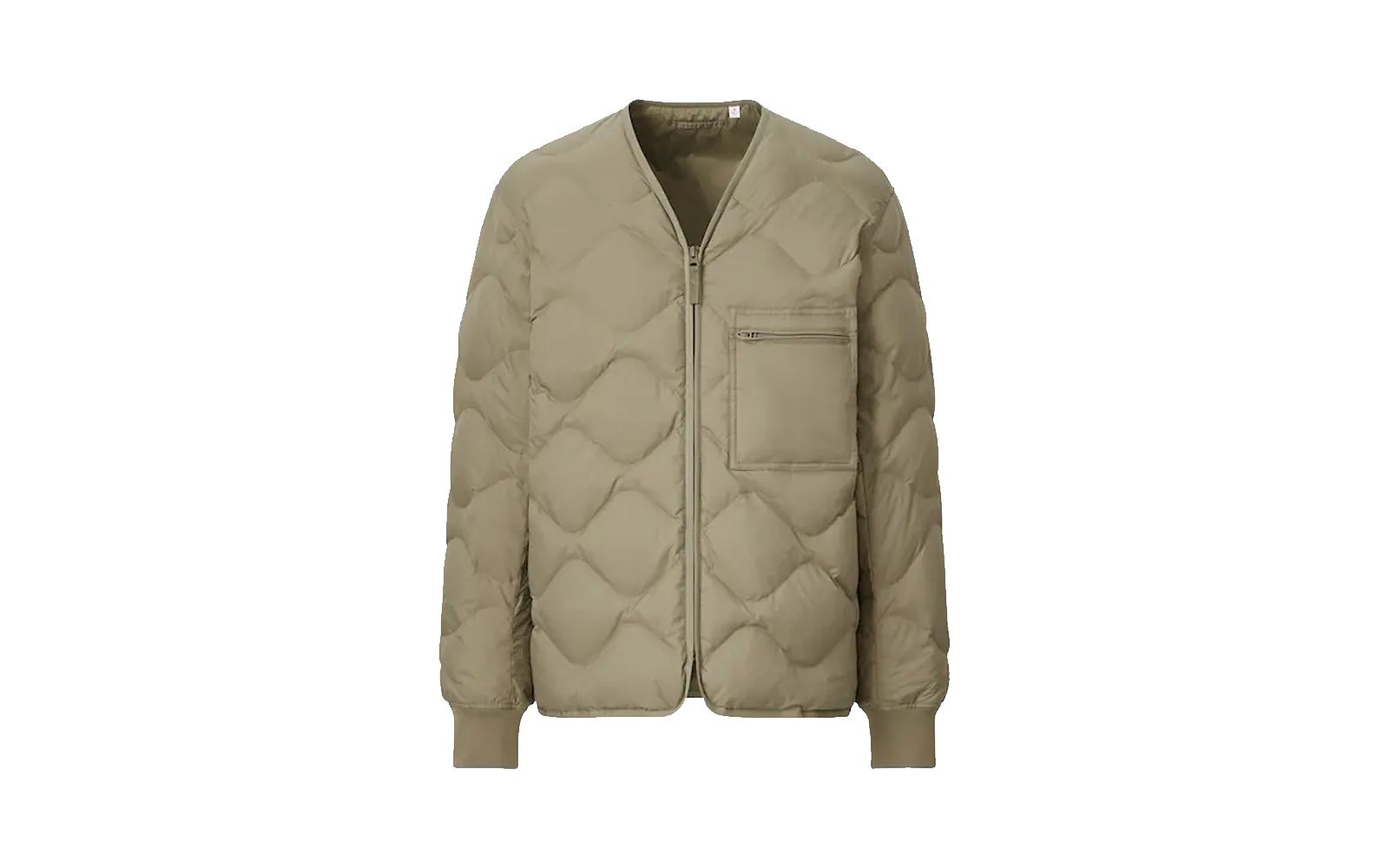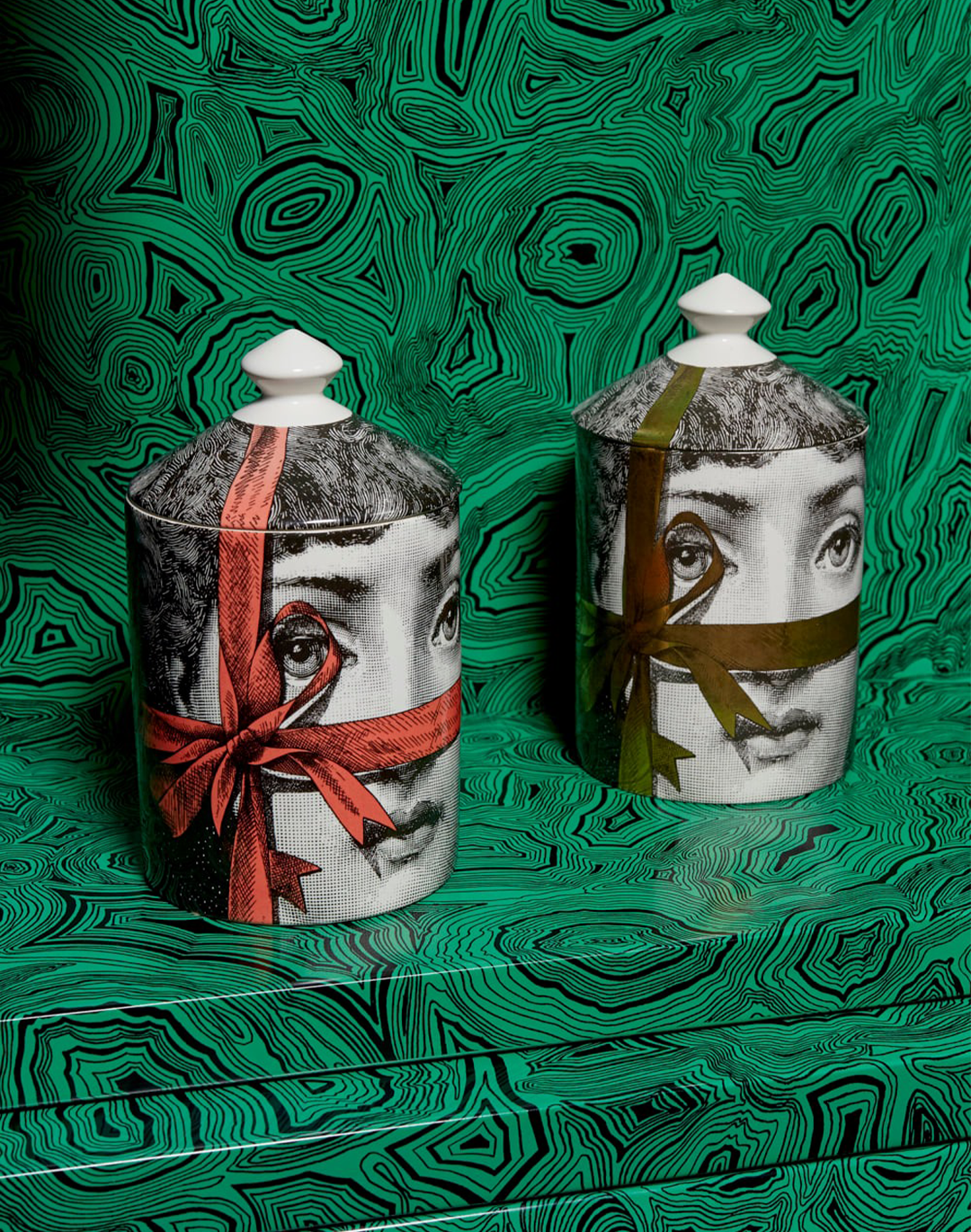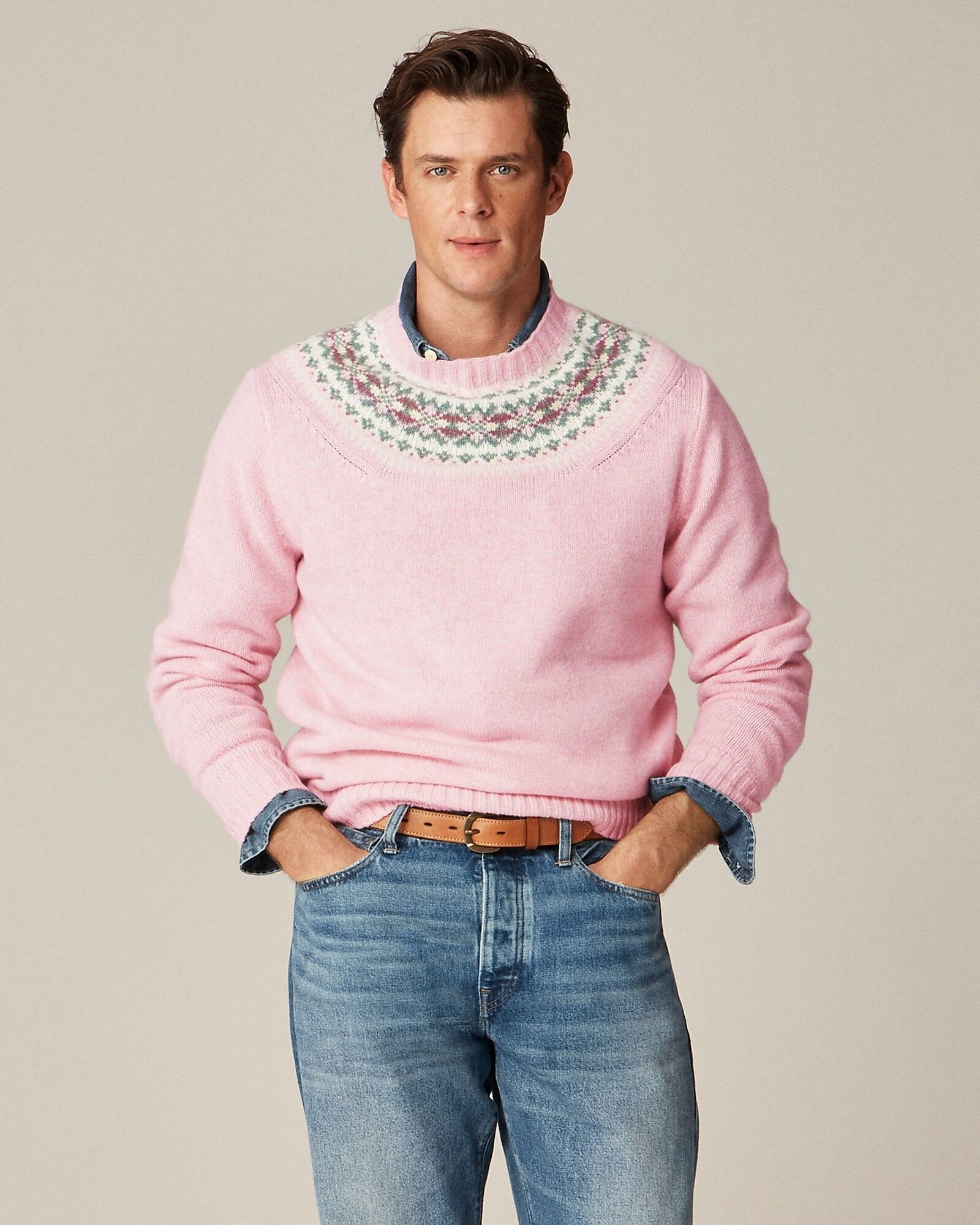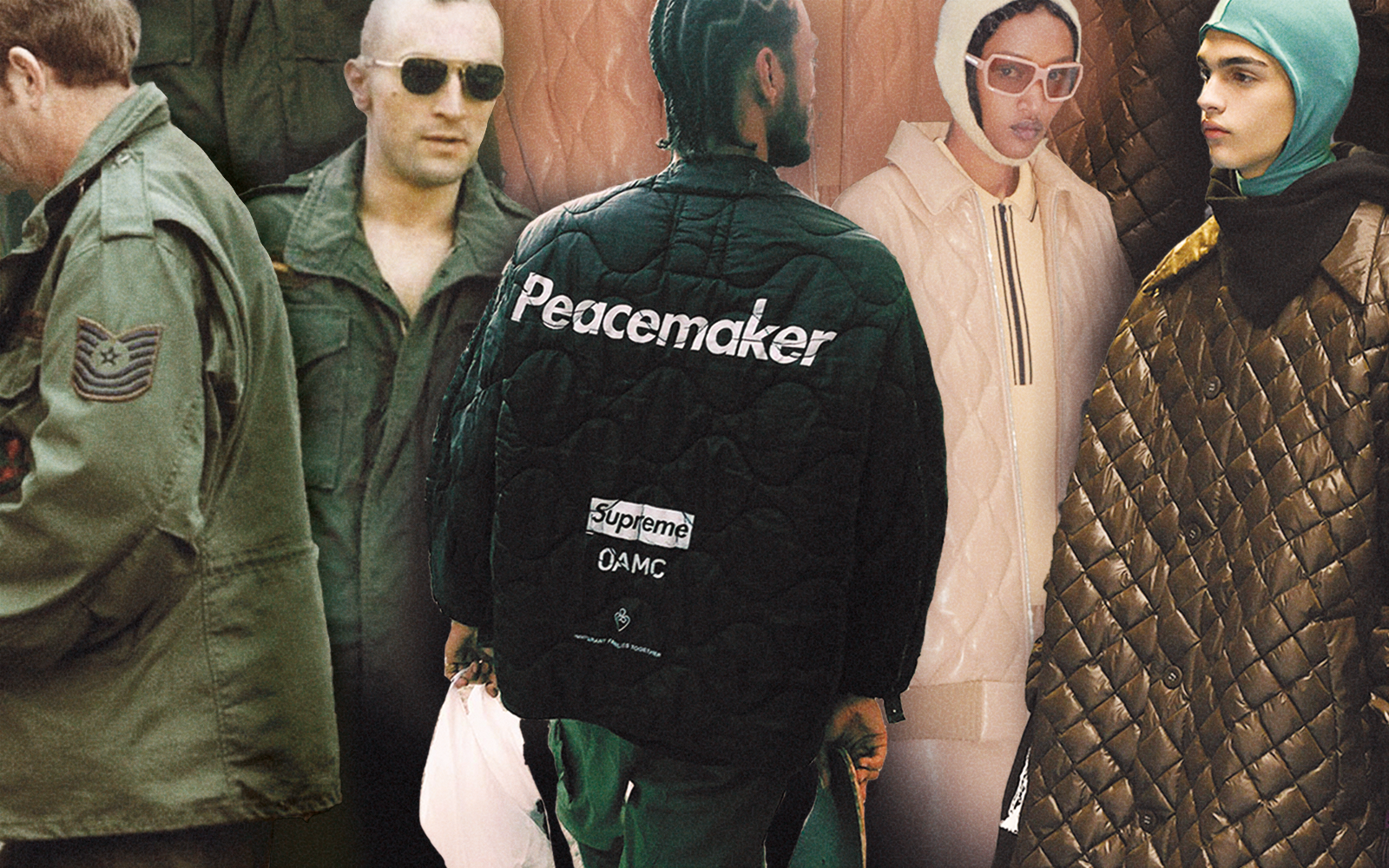
From the Vietnam War to Japanese minimalism: history and success of the Army Liner Jacket How a simple padding took over this season's outerwear trends
In that strange mid-season that takes us from the pleasant and romantic autumn temperatures, deluding us into thinking we're on the tree-lined avenues tinged with yellow and red of Autumn in New York, to the bitter cold that makes us regret setting foot out of the house, there is an eternal, constant and most often unanswered question: what should I wear?
It seems that for at least the last two seasons the answer has been there, simple and unequivocal: the Army Liner Jacket. The jacket in circulation since the Sixties has taken on a new dimension thanks to the mixture of different trends and aesthetics, sparking the interest of a very diverse audience. The minimal and super clean Japanese cut, that aesthetic approach made known and accessible worldwide by Uniqlo, but always a cult in the streetwear community, has taken on further impetus thanks to the earth tones, the oversized fit, the rediscovery of vintage, and its cornerstones. After remaining a hidden item for decades, the Army Liner Jacket has become a key piece of the outerwear wardrobe and is no longer padding designed to offer added warmth.
The jacket was created as an additional accessory, precisely for greater comfort and thermal insulation, to another jacket that was a symbol of military aesthetics and in particular of the American army. The Army Liner was in fact introduced as a "supplement" to the M-1965 Field Jacket, introduced in the year that gives it its name, which was characterized by a hood that could be rolled up into the collar, two side pockets, two on the chest, all with Velcro closures. The M-1965 was used mainly during the Vietnam War, and it is no coincidence that it is the same one worn by Robert De Niro in the movie Taxi Driver. For colder temperatures was introduced a second liner, the Army Liner precisely, originally produced by the government contractor Gibraltar Co, and later also by Alpha Industries, which in 2019 began to produce them also for civilians.
Thanks to the rediscovery of garments of the military aesthetic, thanks to vintage or military surplus stores, a new type of audience, and many different brands, have made the Army Liner Jacket one of the most popular items of recent years. In both classic and padded and quilted versions, the jacket has been interpreted by both streetwear and more classic brands. OAMC, the streetwear brand founded and directed by Luke Meier, has made it a symbol of its imagery, but the jacket has also been proposed by Beams, Ralph Lauren, as well as Raf Simons, and Miu Miu in an extra-large version.
Although some details of the garment remain unchanged, such as the lapel-less collar, the button fastening, usually press studs, and the two front pockets, designers and brands have played with volume and fit, padding and colors, to make the Army Liner Jacket a truly genderless garment. Over the past two years, for example, the public has systematically sold out The Frankie Shop's Army Liner Jacket, famous for its super oversized fit, causing Lyst to record a 129% increase in searches for the brand's padded jackets between September and October of this year.
The version from the brand founded by Gaelle Drevet in 2014 has become THE jacket of the season, photographed in street style and on Instagram, generating an endless amount of similar versions in the fast-fashion world as well, with interpretations from Mango, COS, Uniqlo, which like the original item focuses on comfort and warmth, & Other Stories and many others.
Having forgotten its wartime past, the Army Liner Jacket has become the epitome of Japanese aesthetics, a symbol recognized throughout the world that has become the perfect synthesis of imagery built on rigorous garments, with essential cuts, functional and timeless.










































